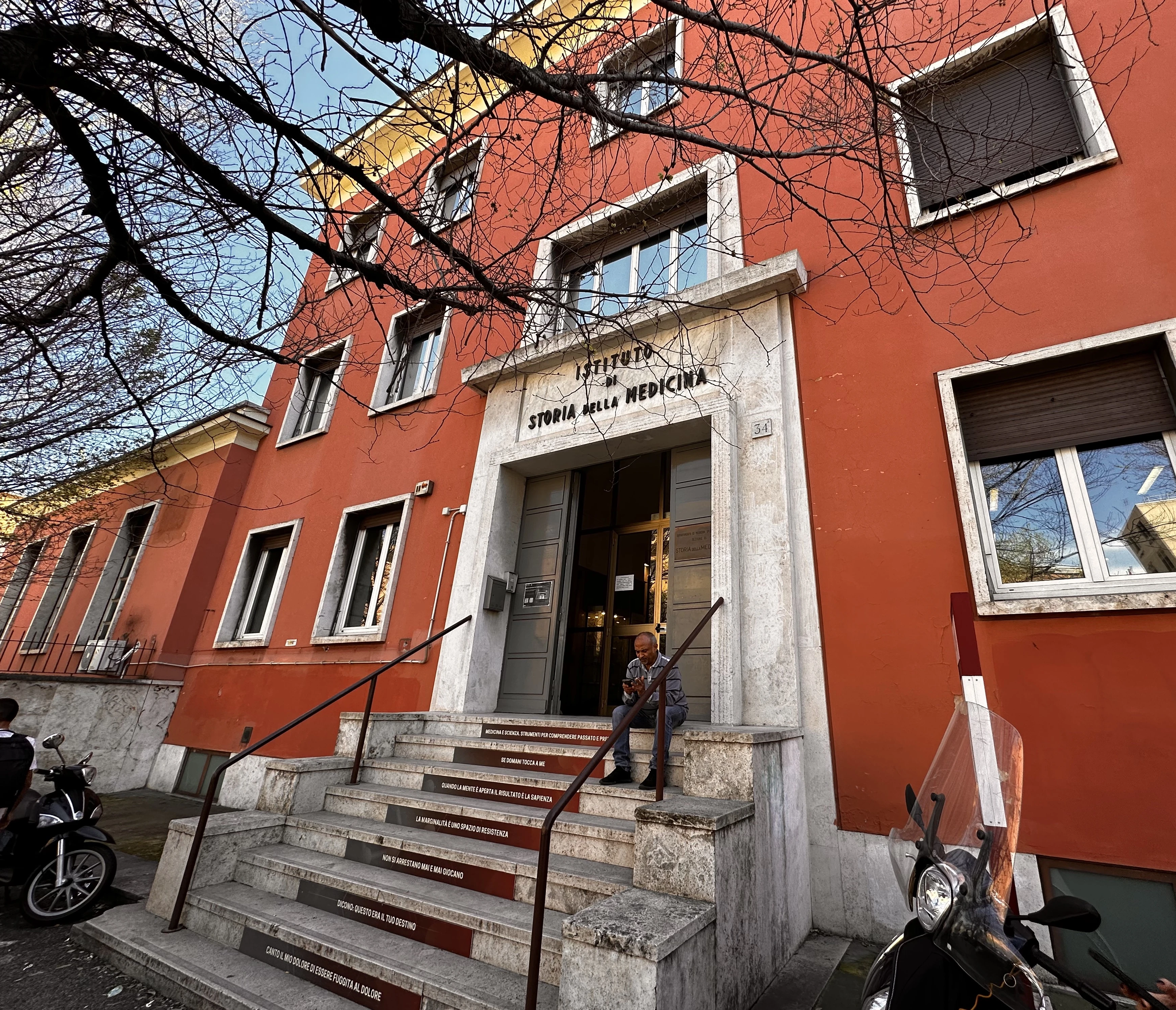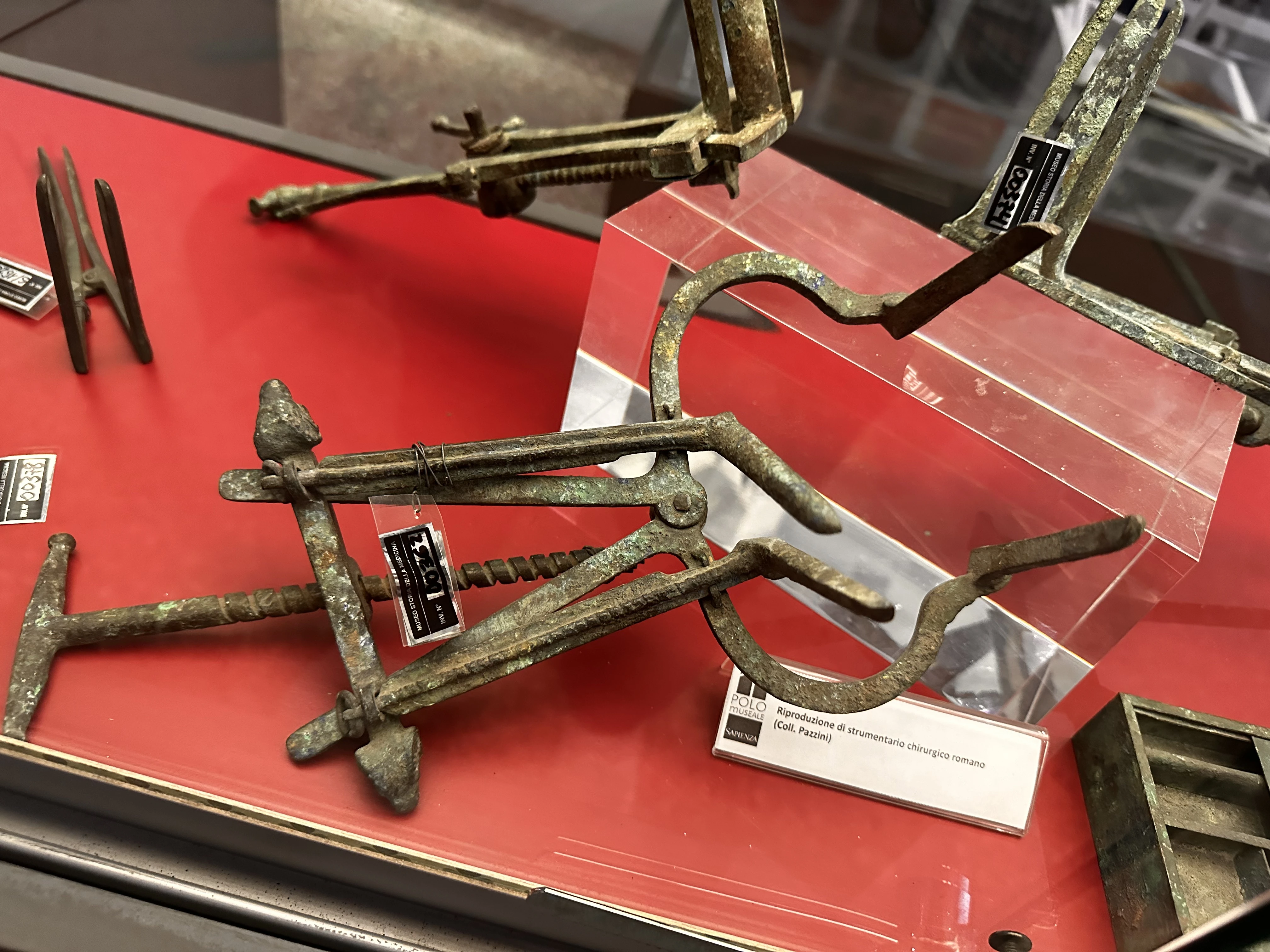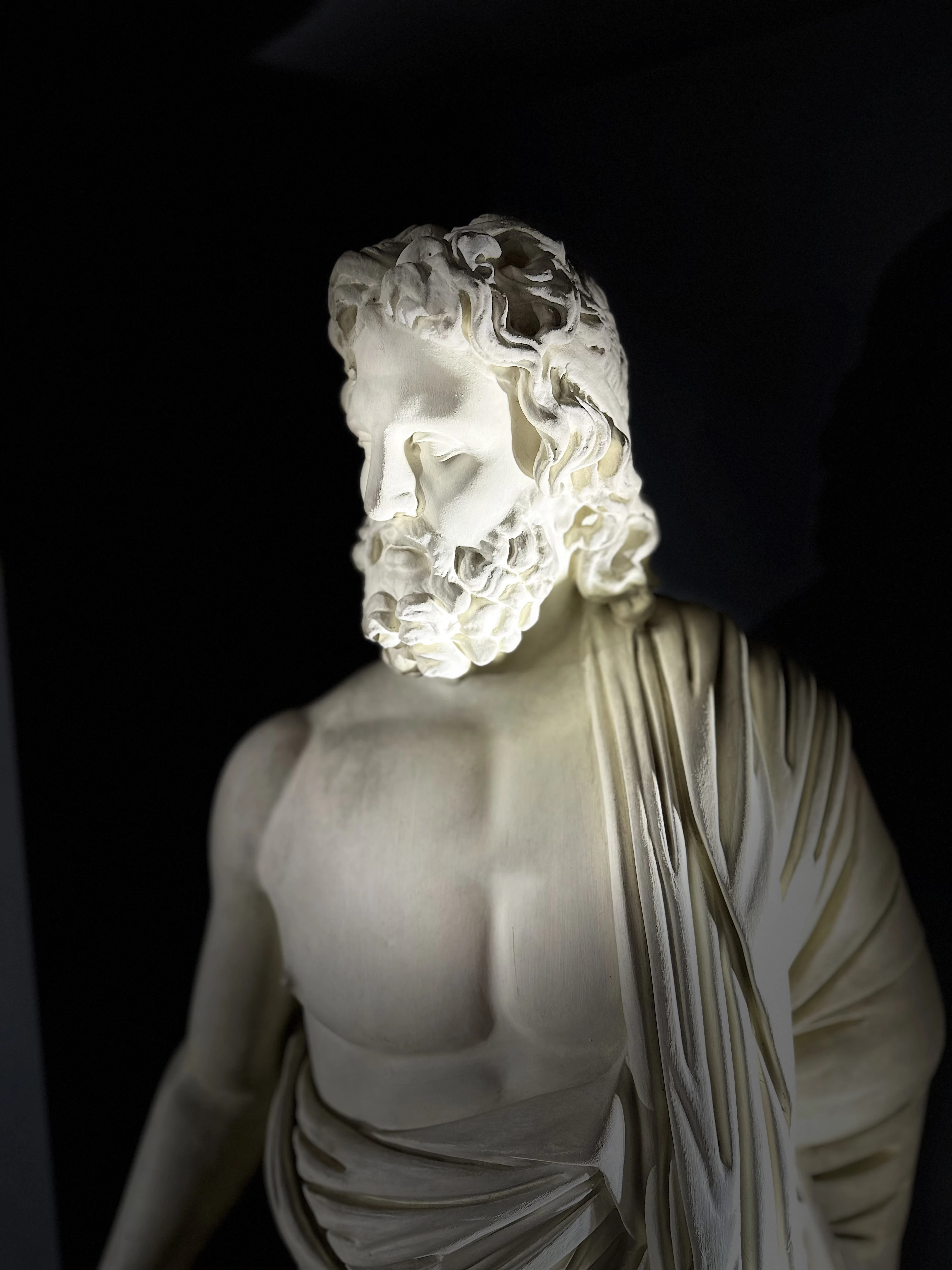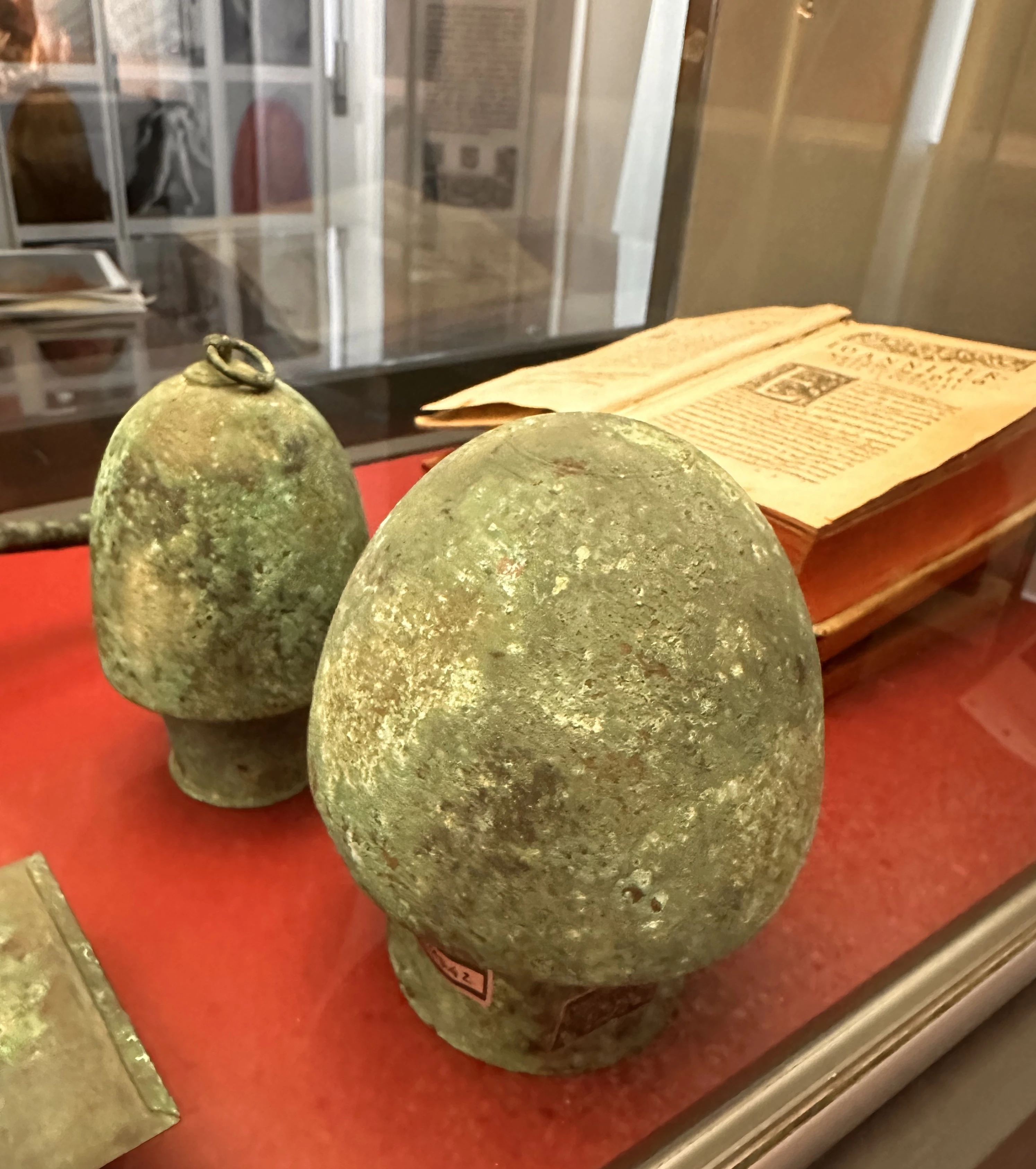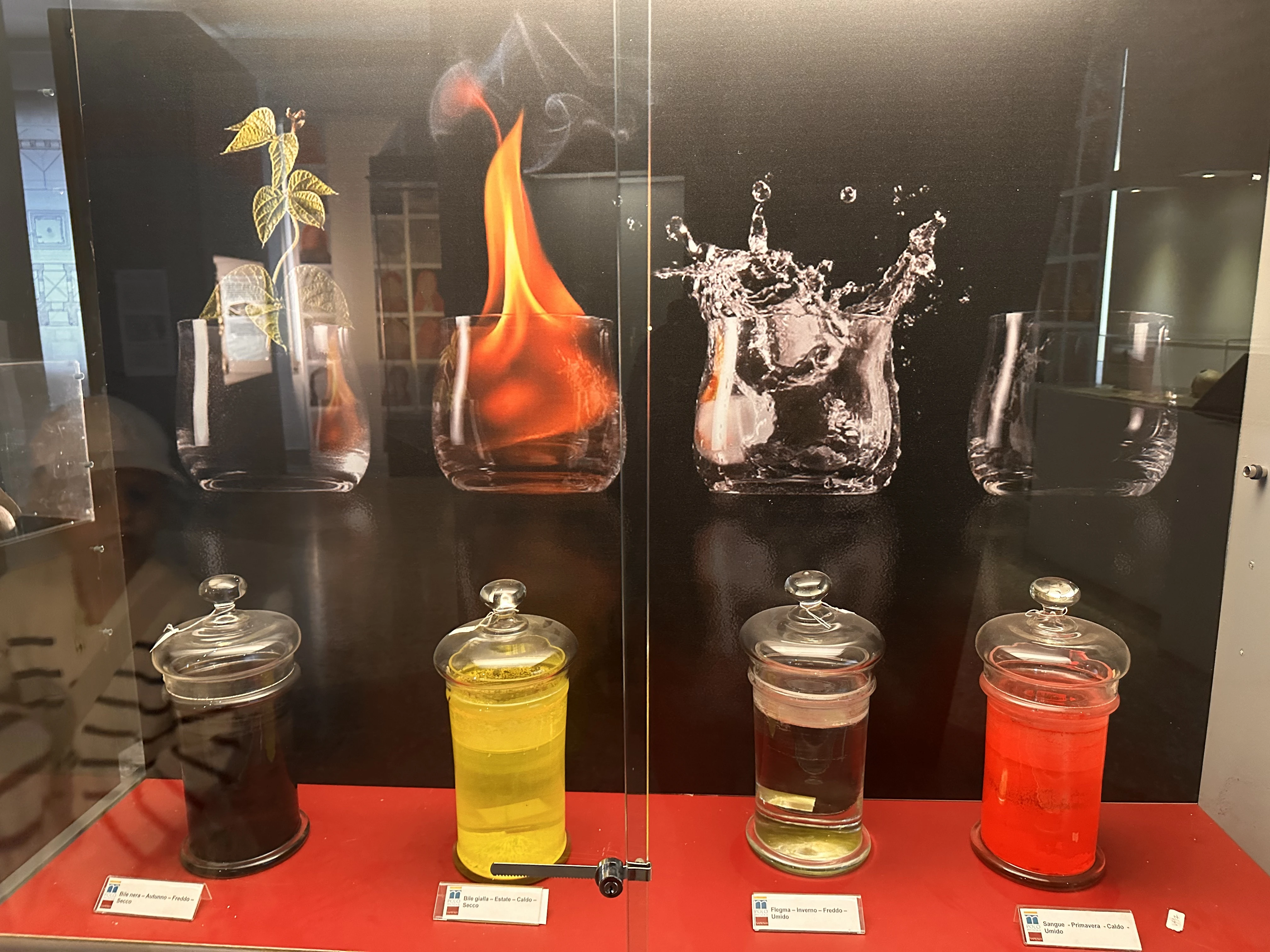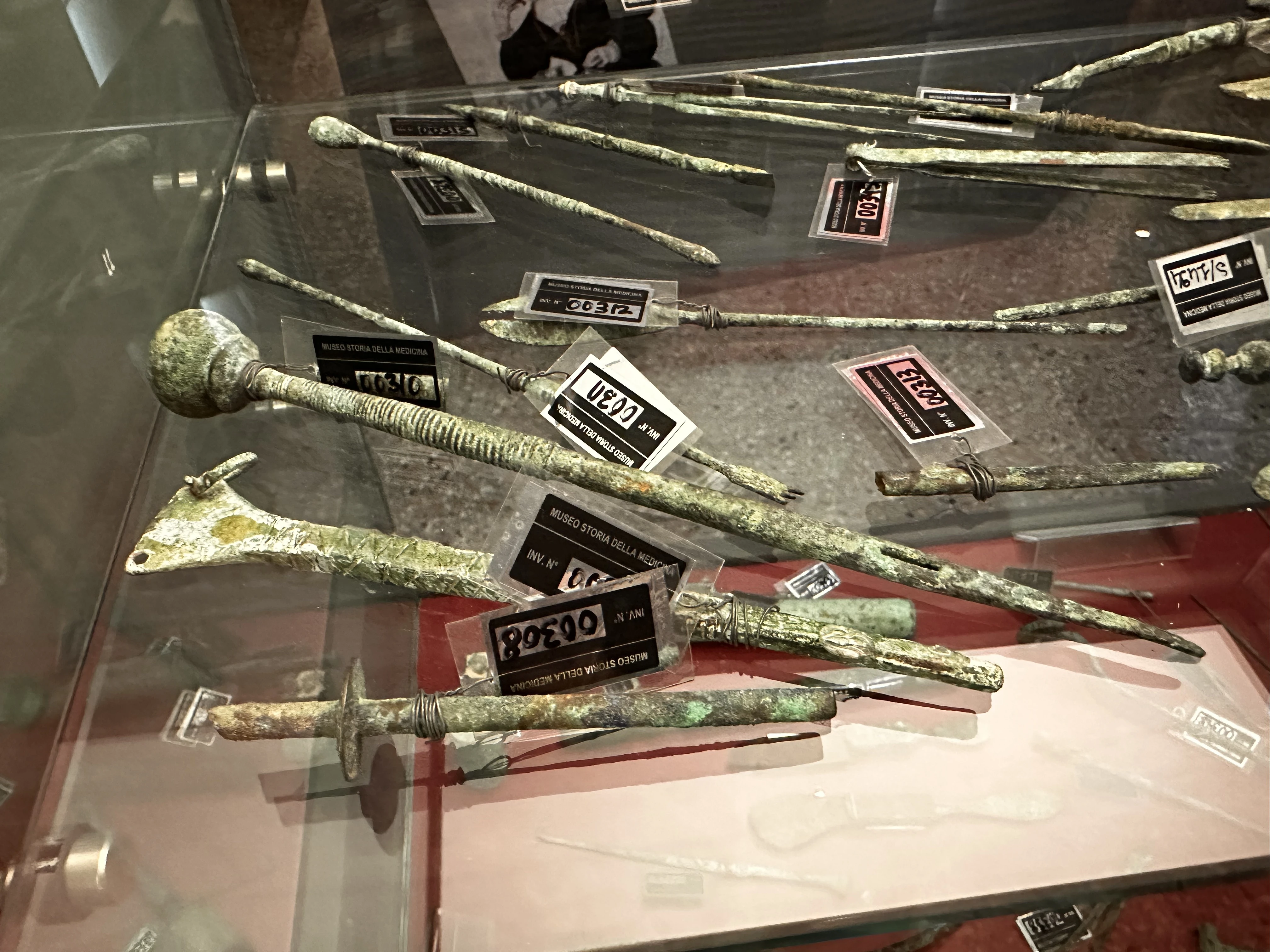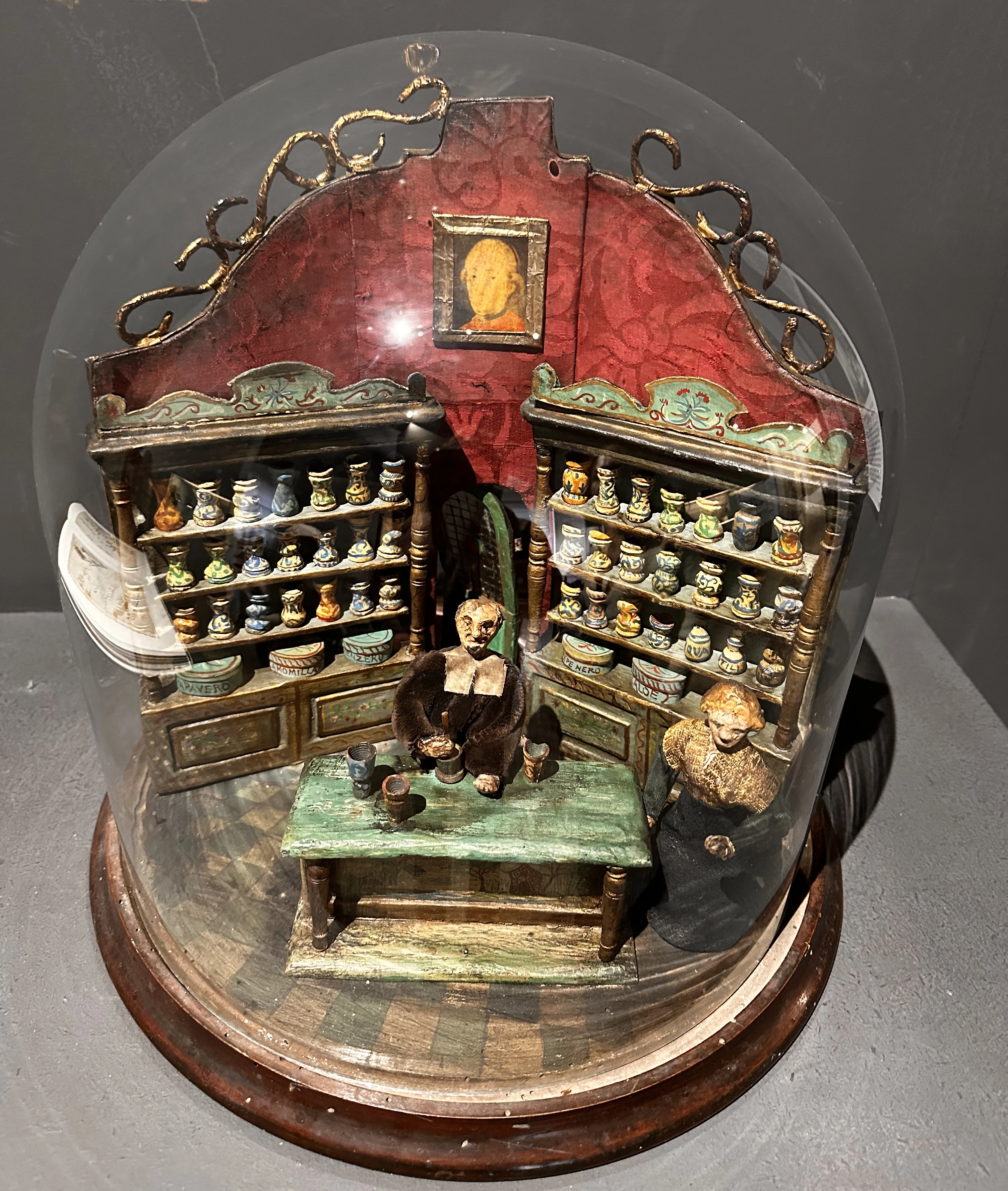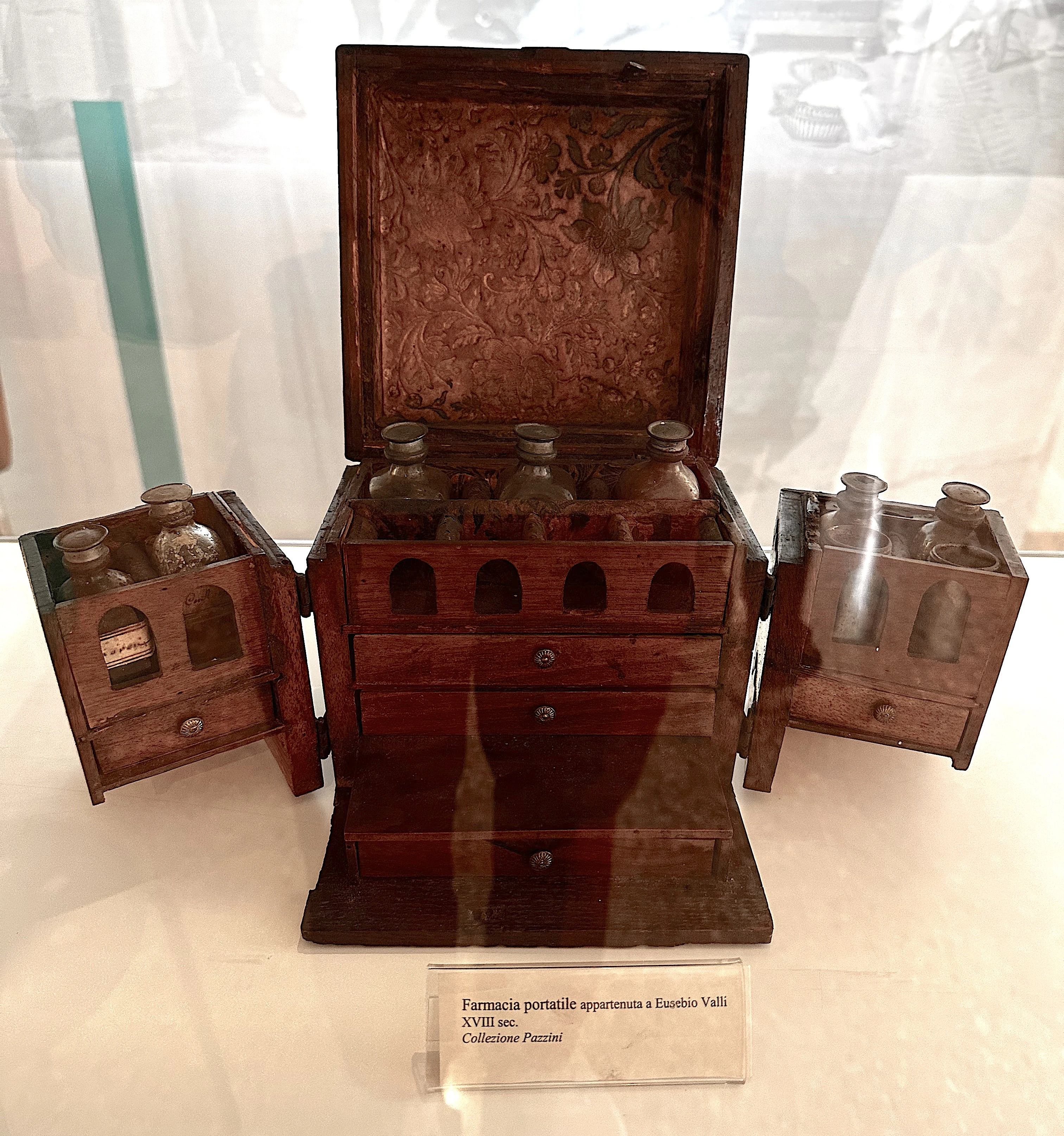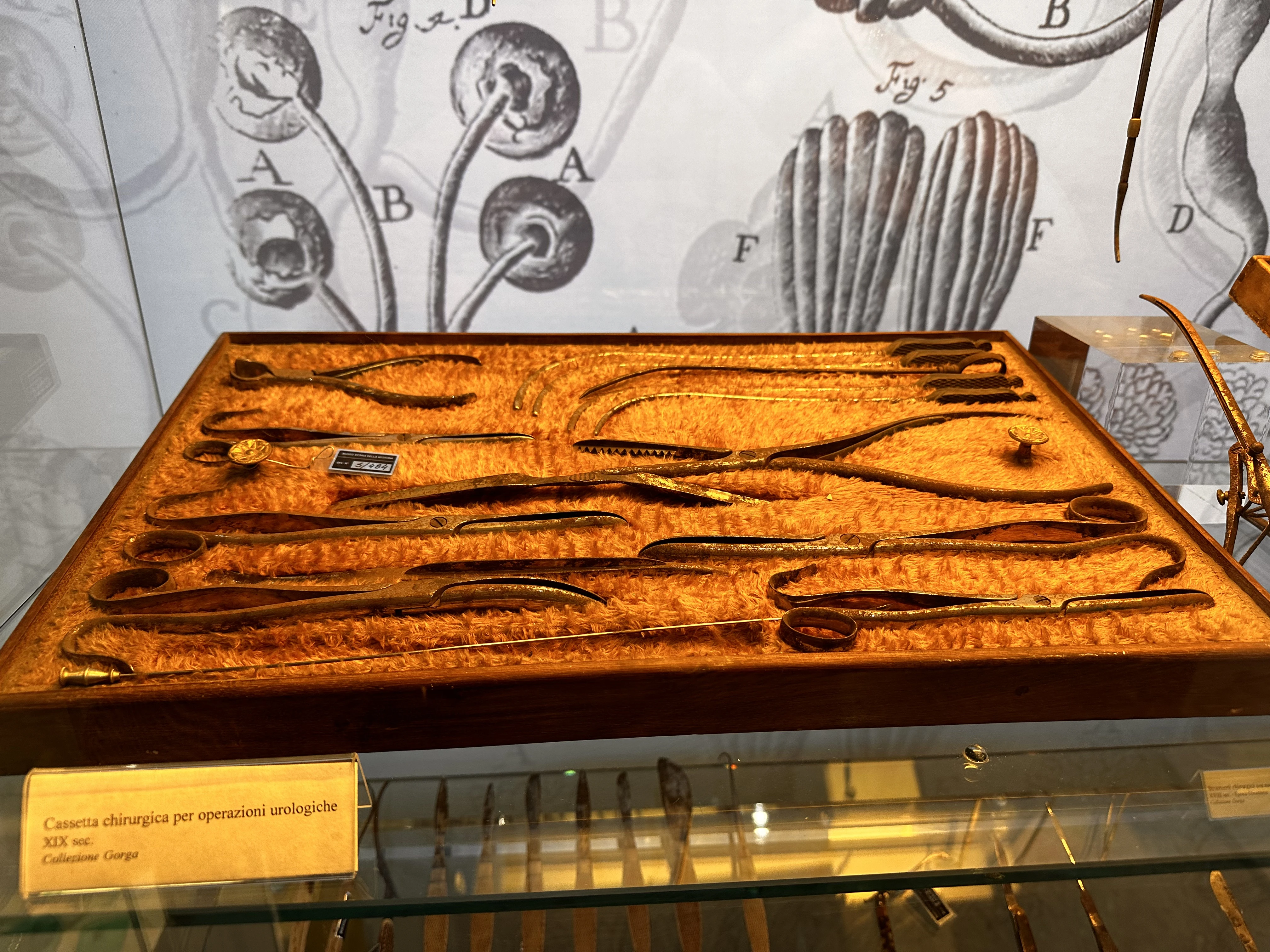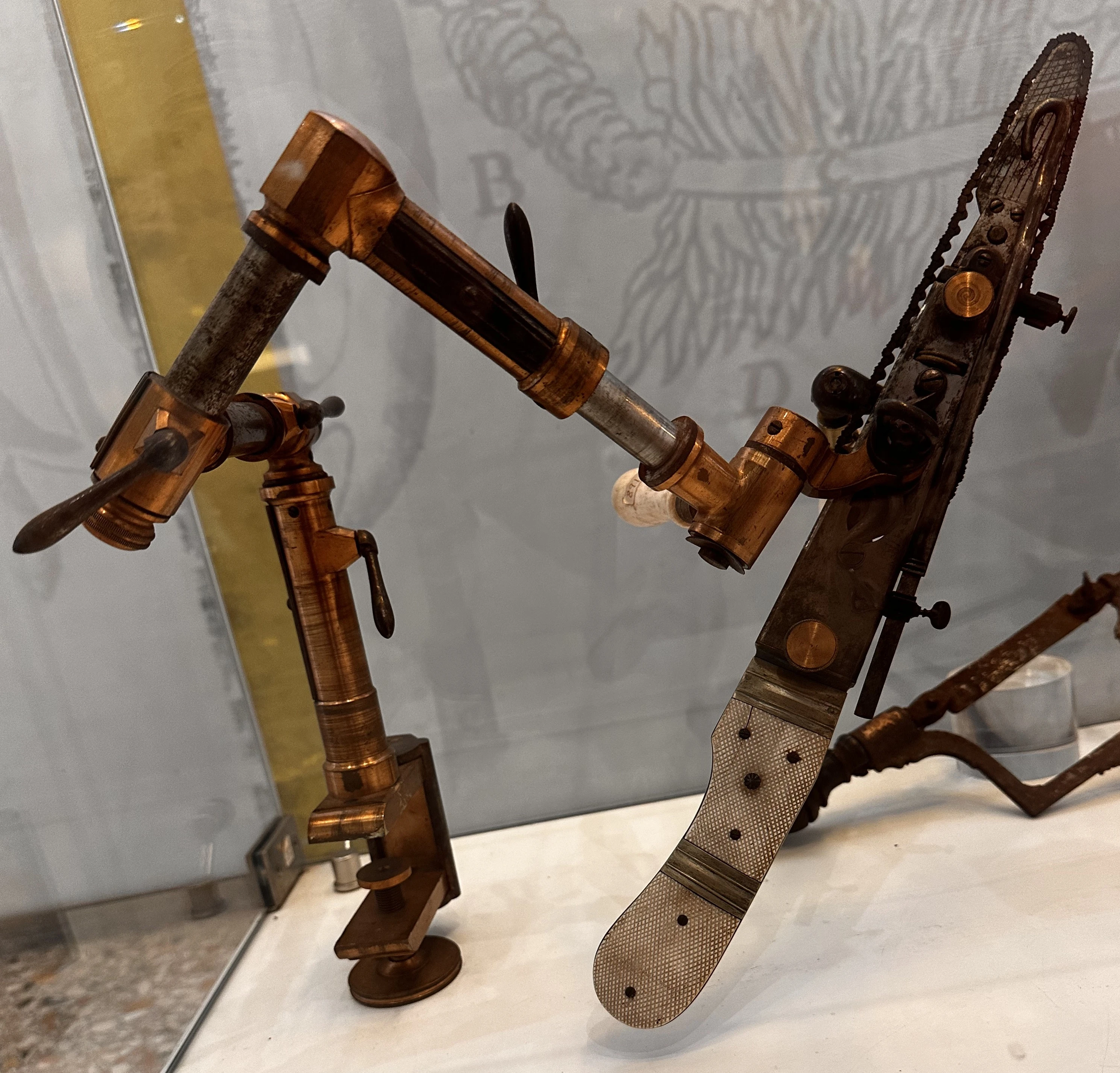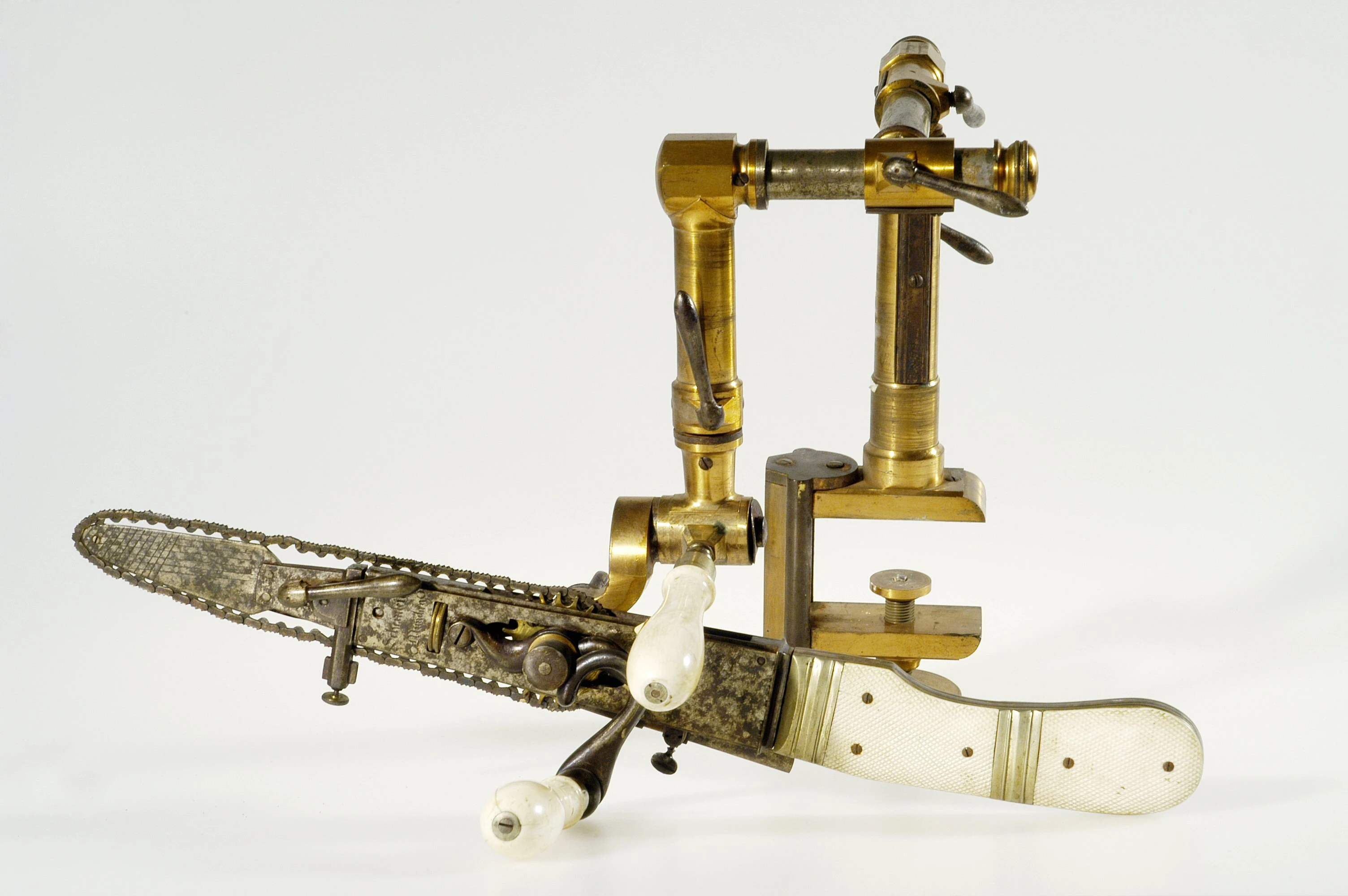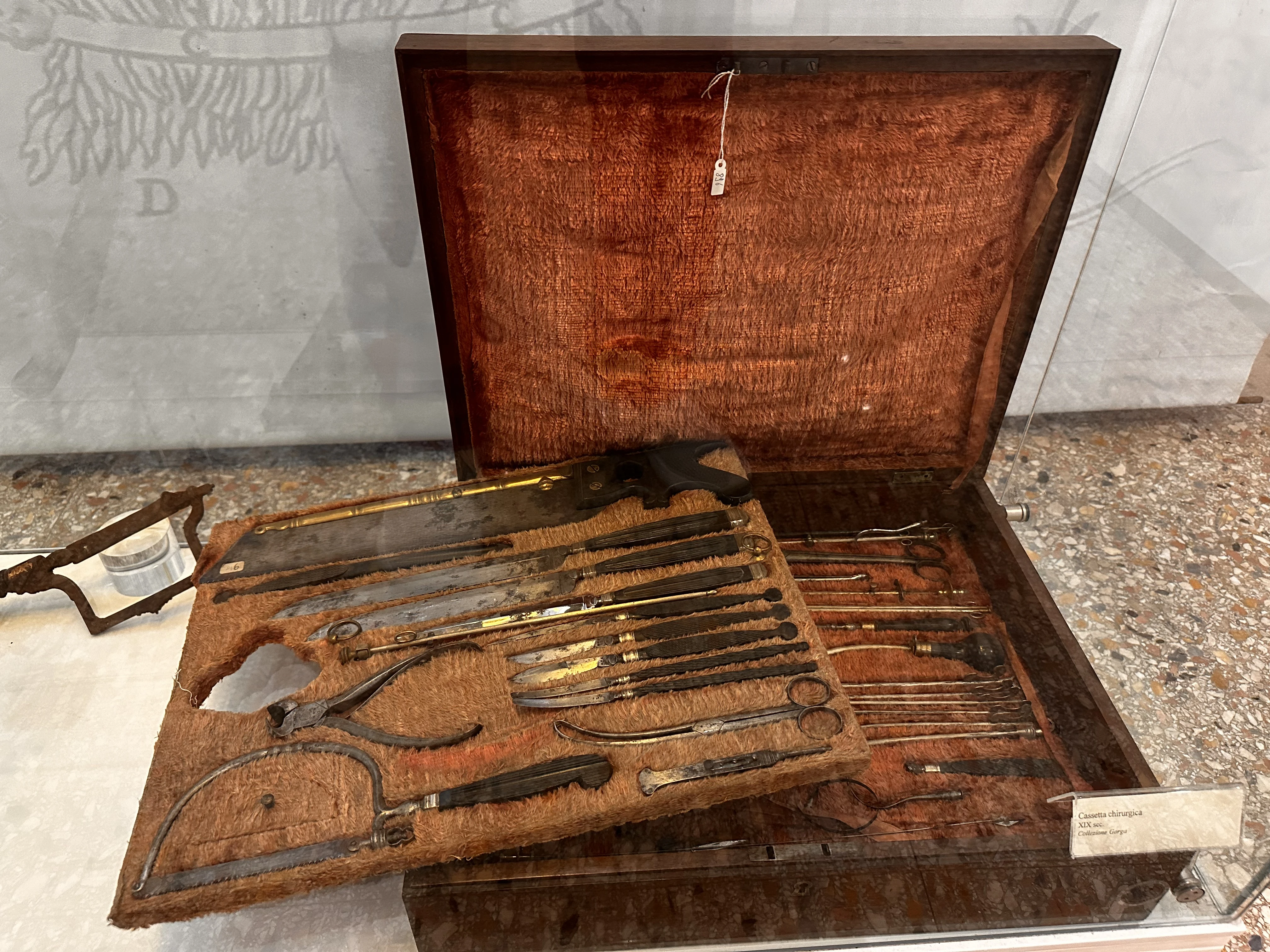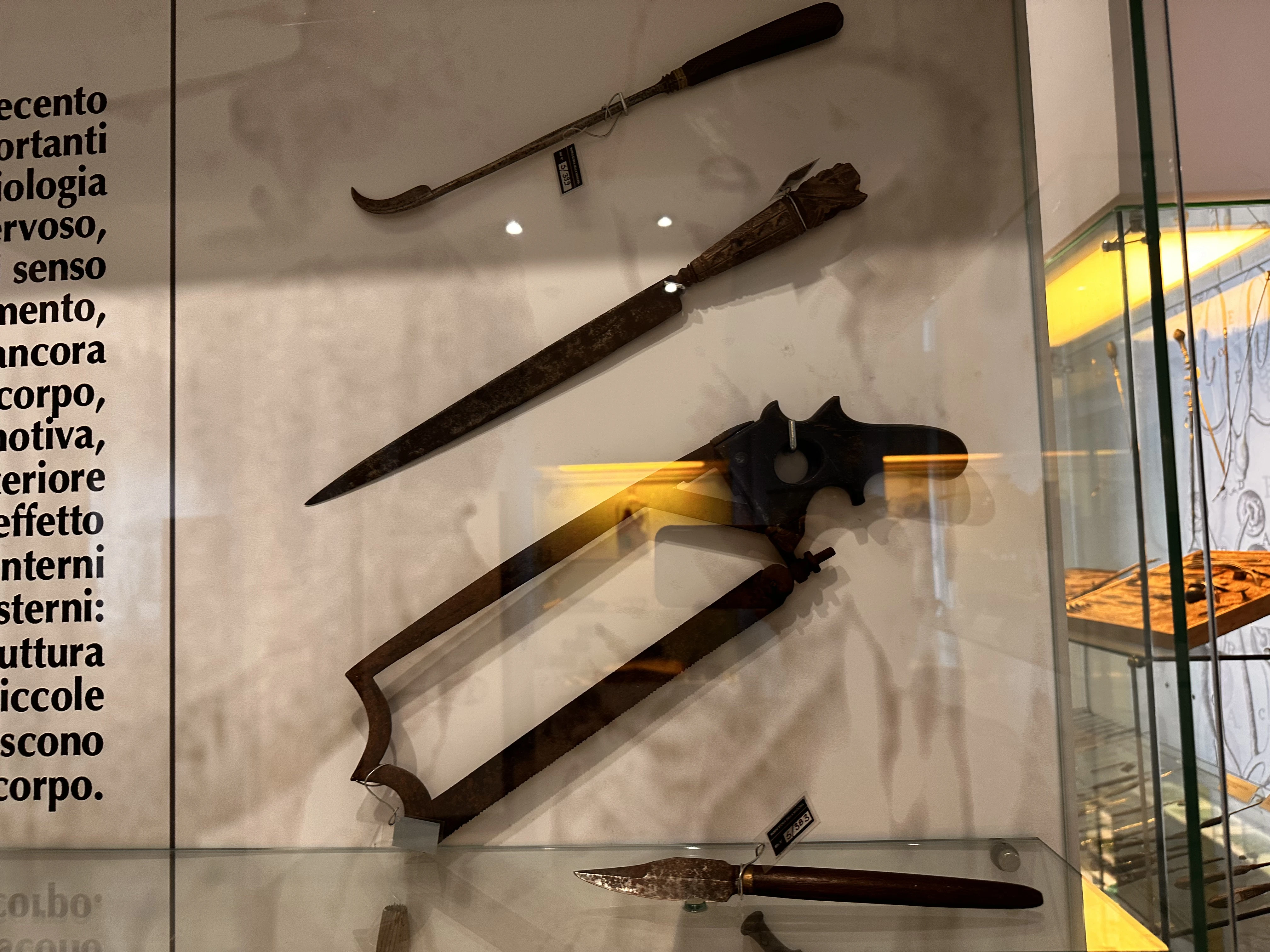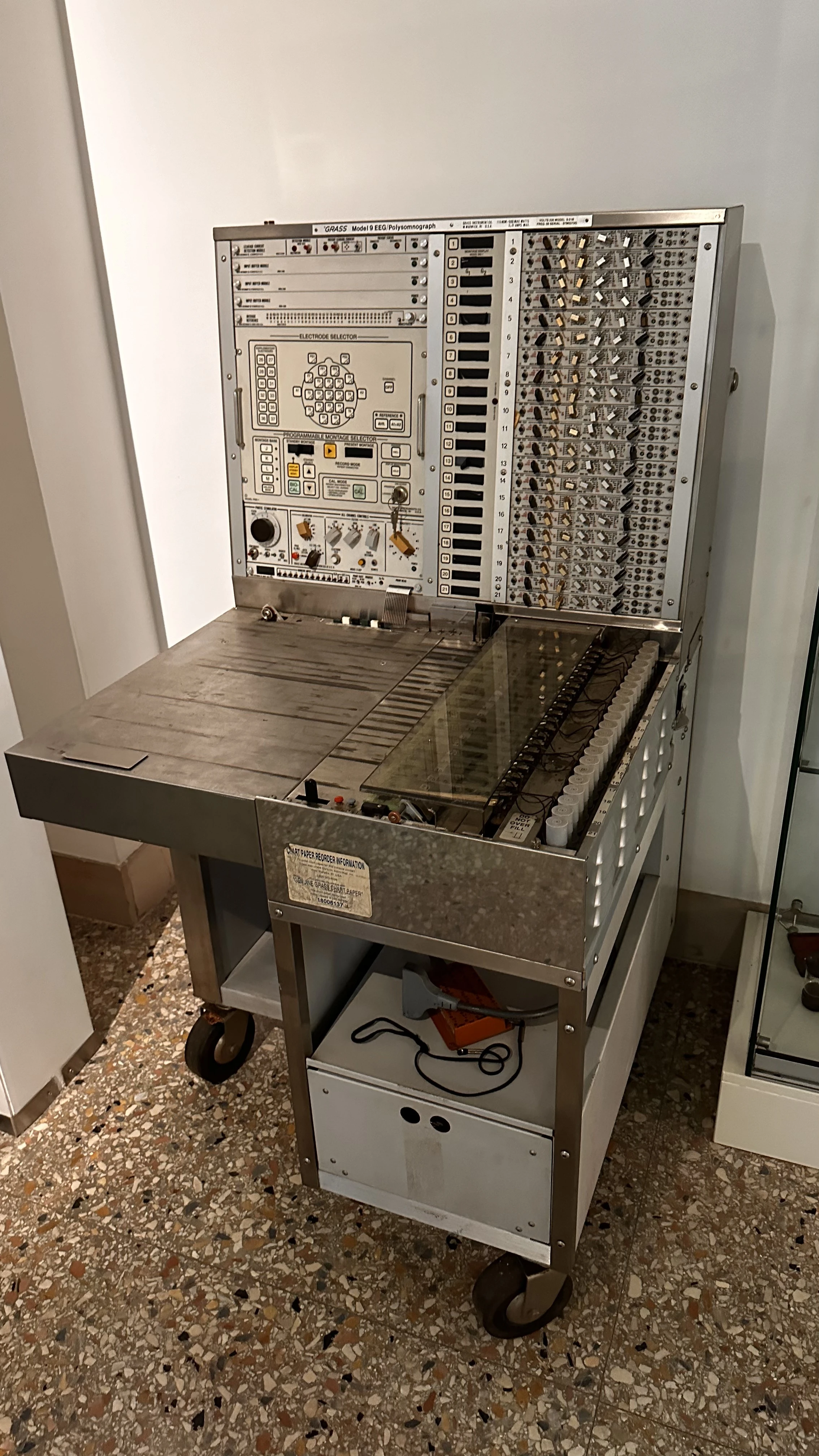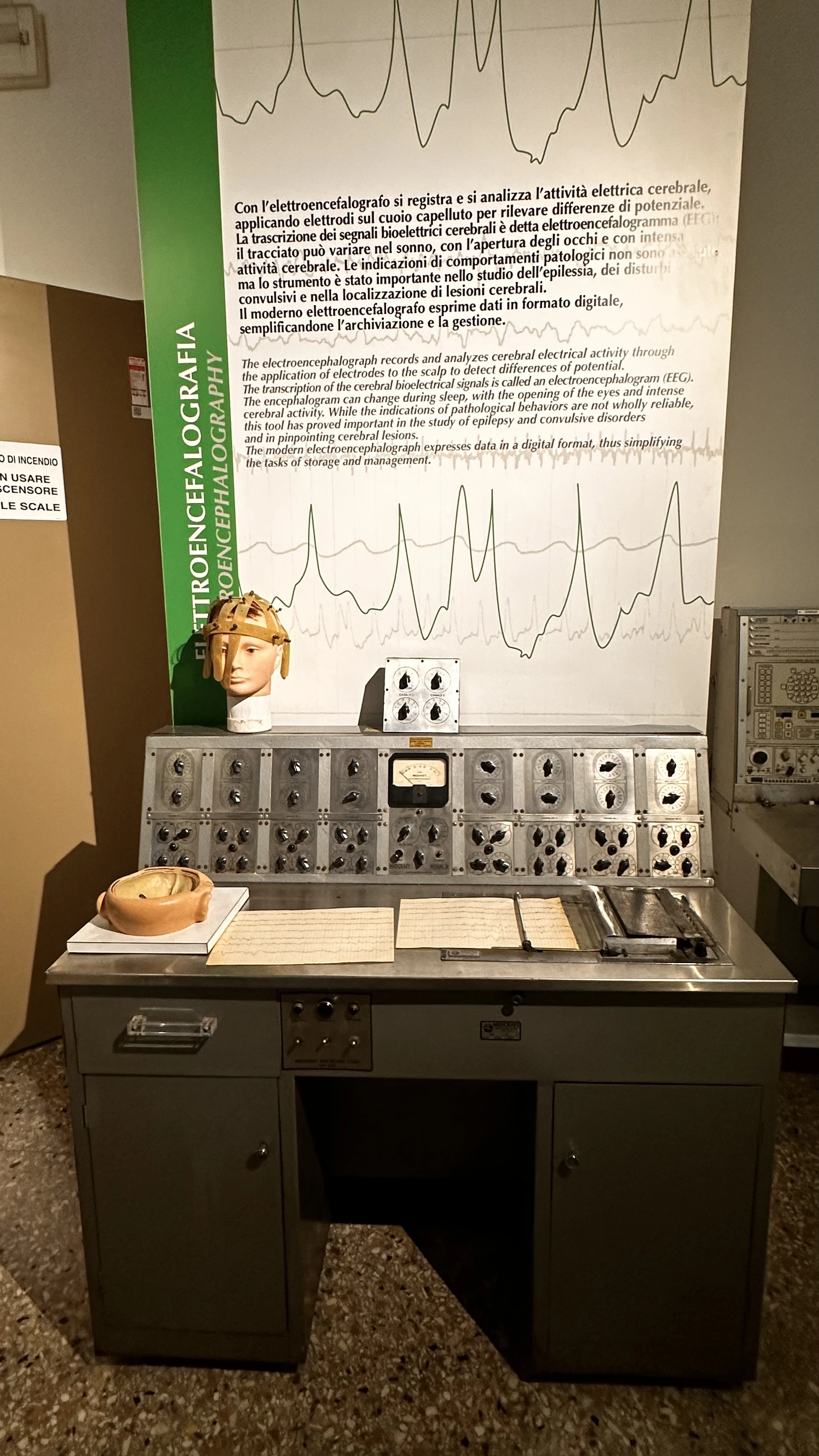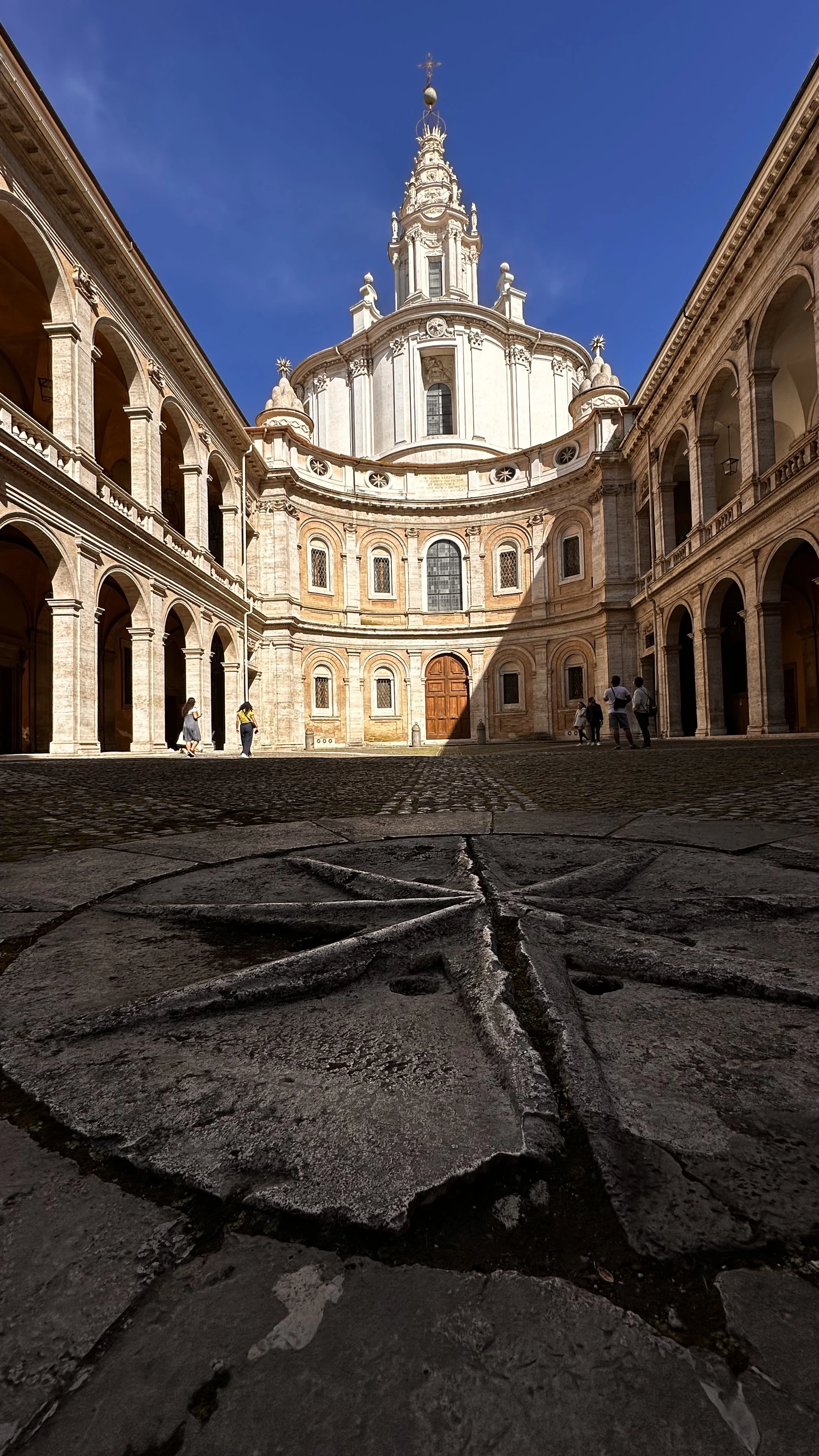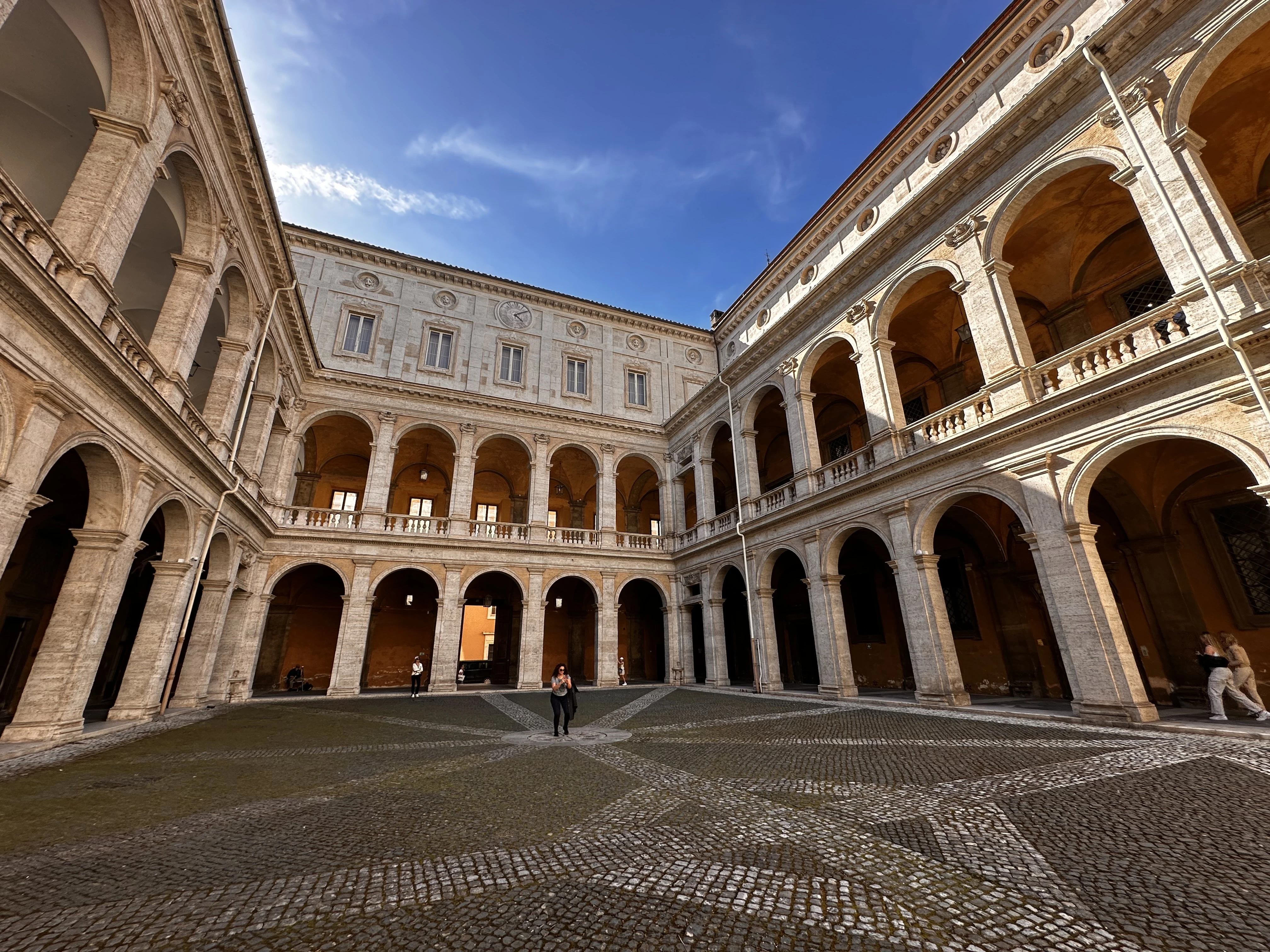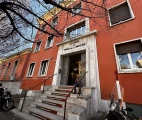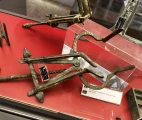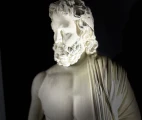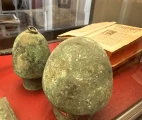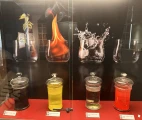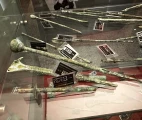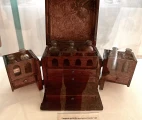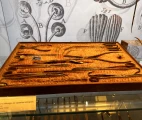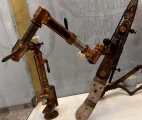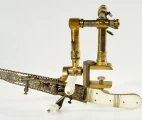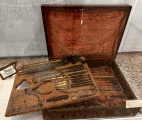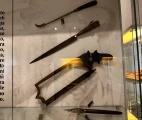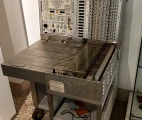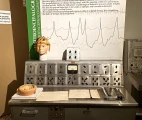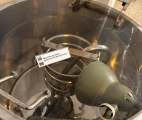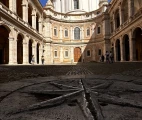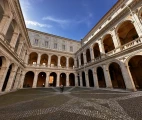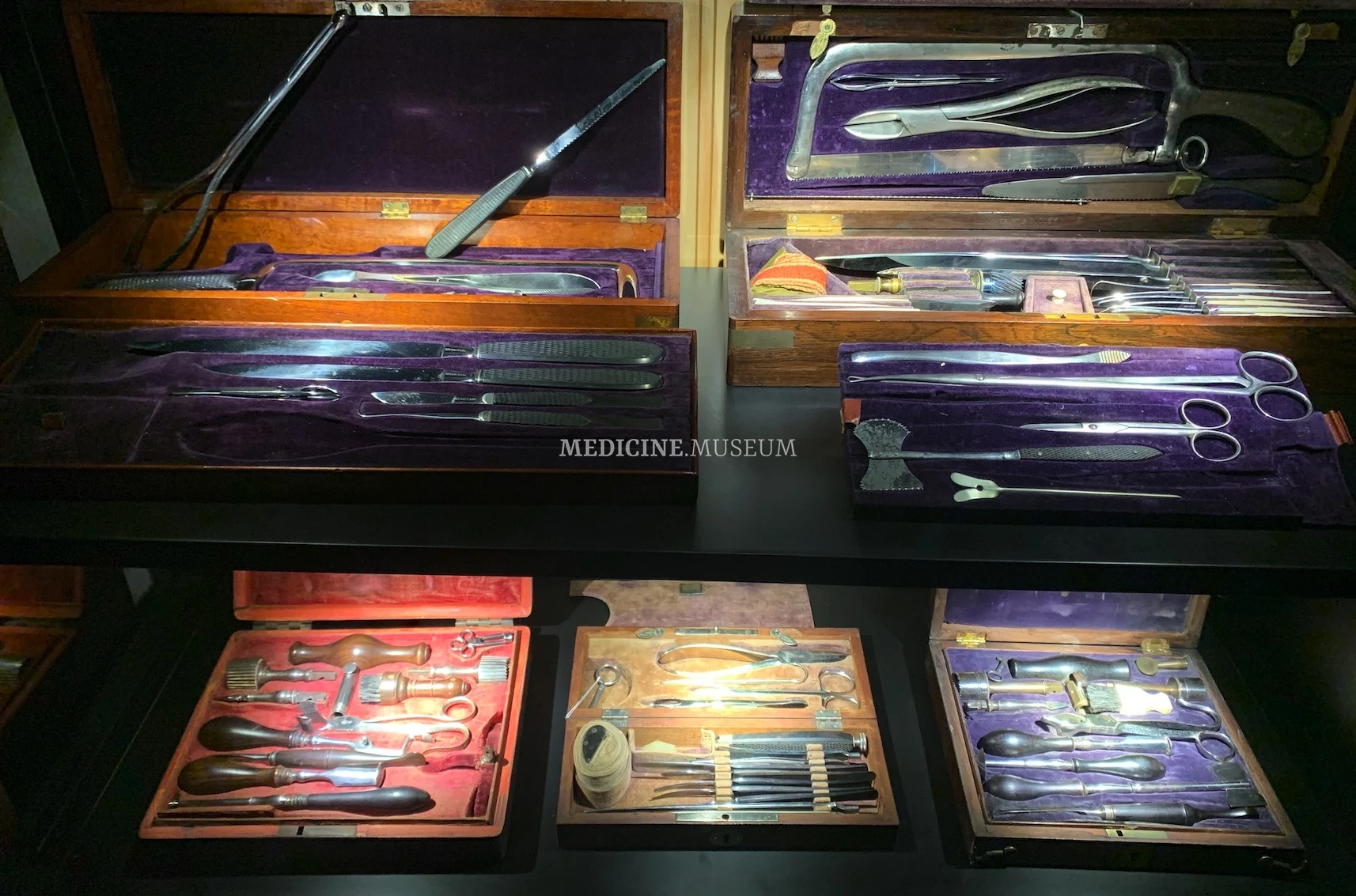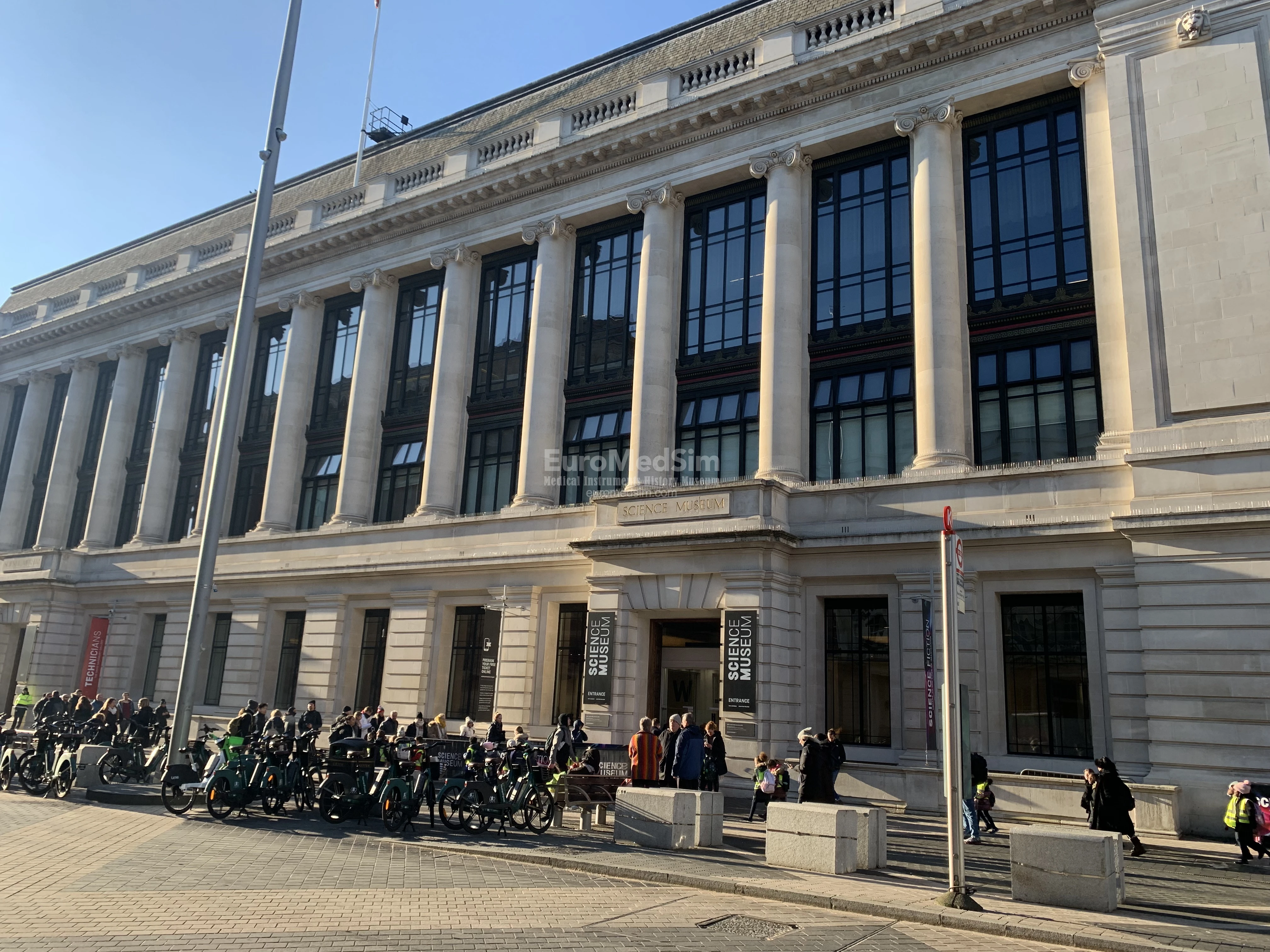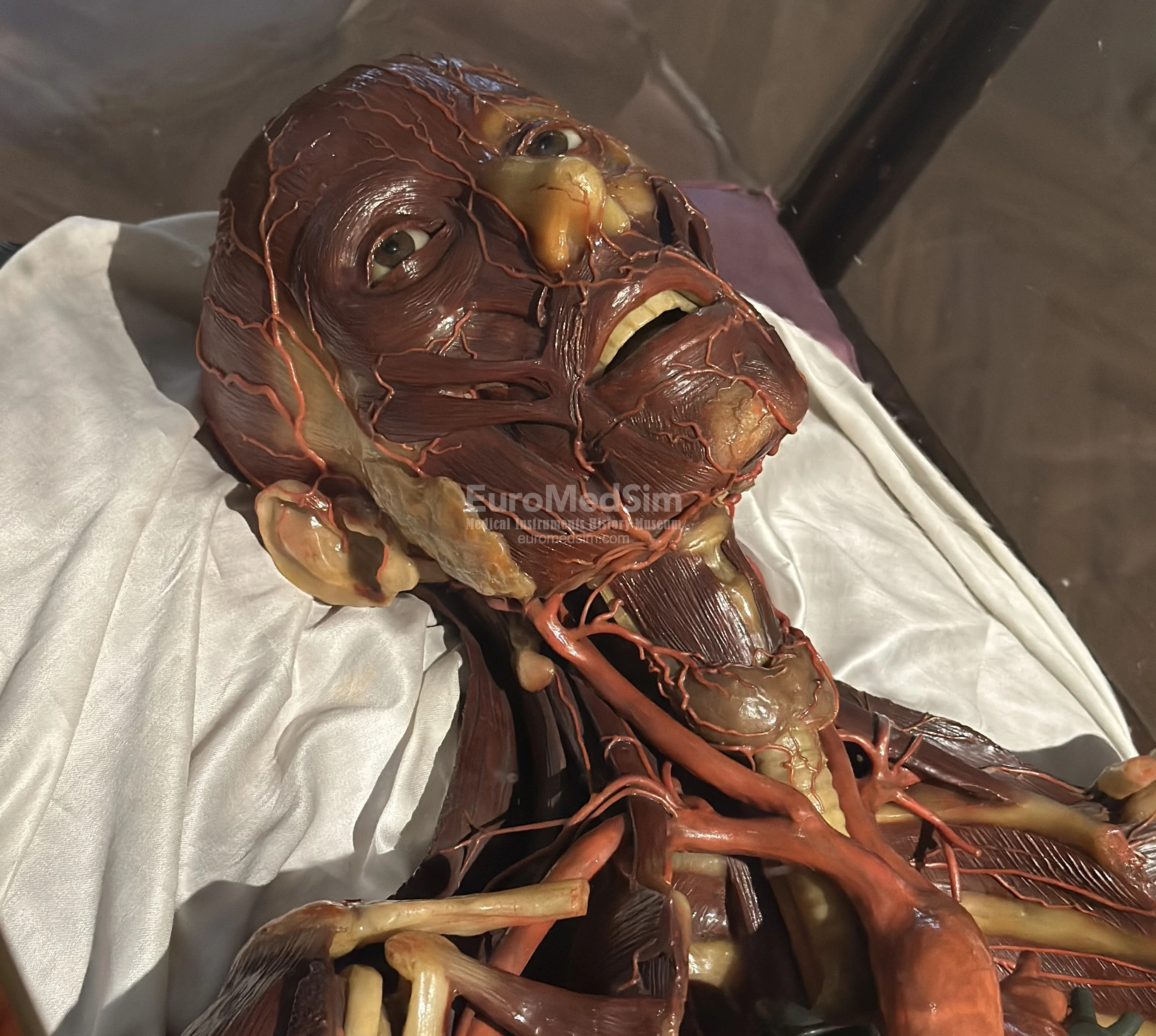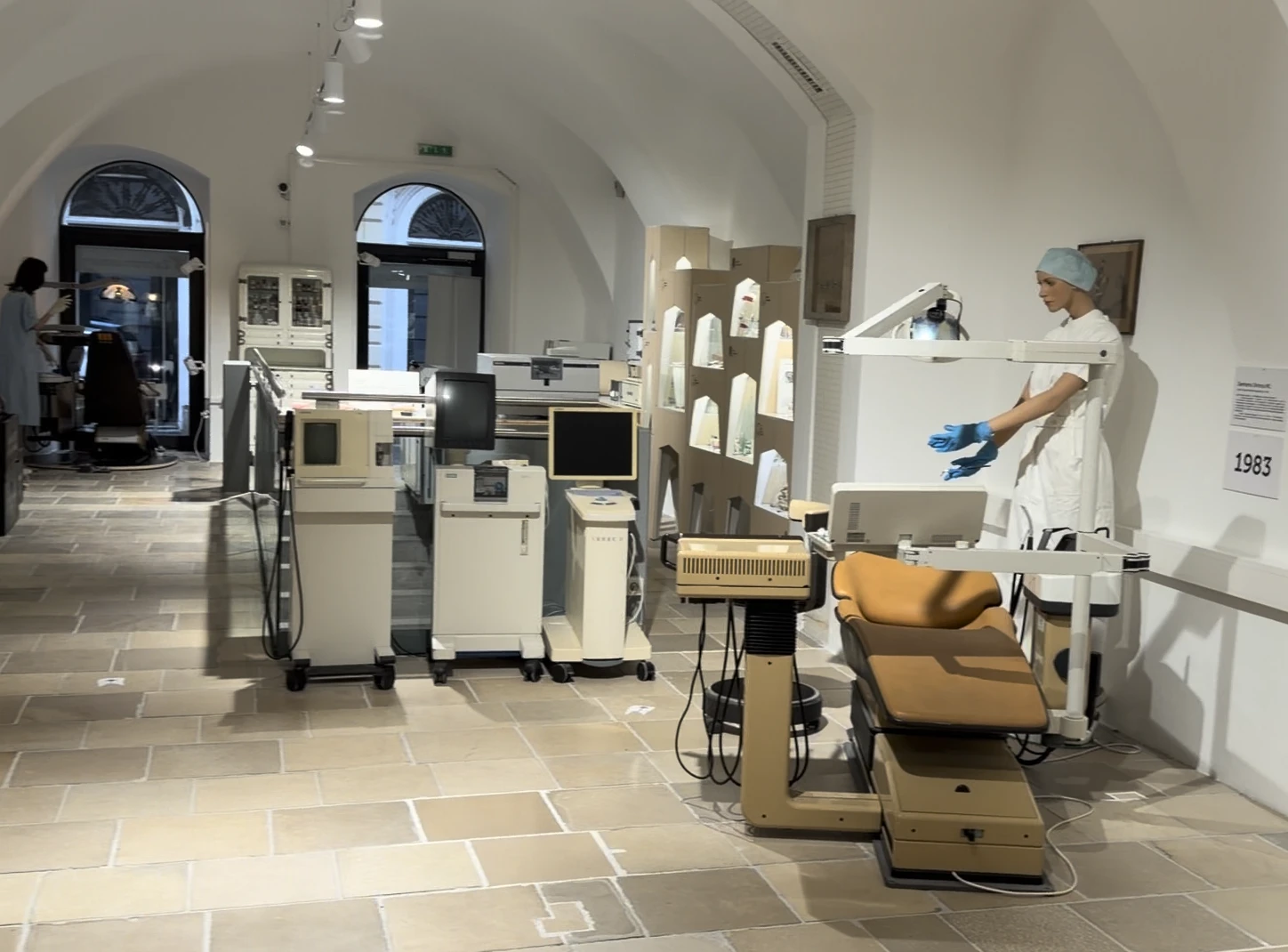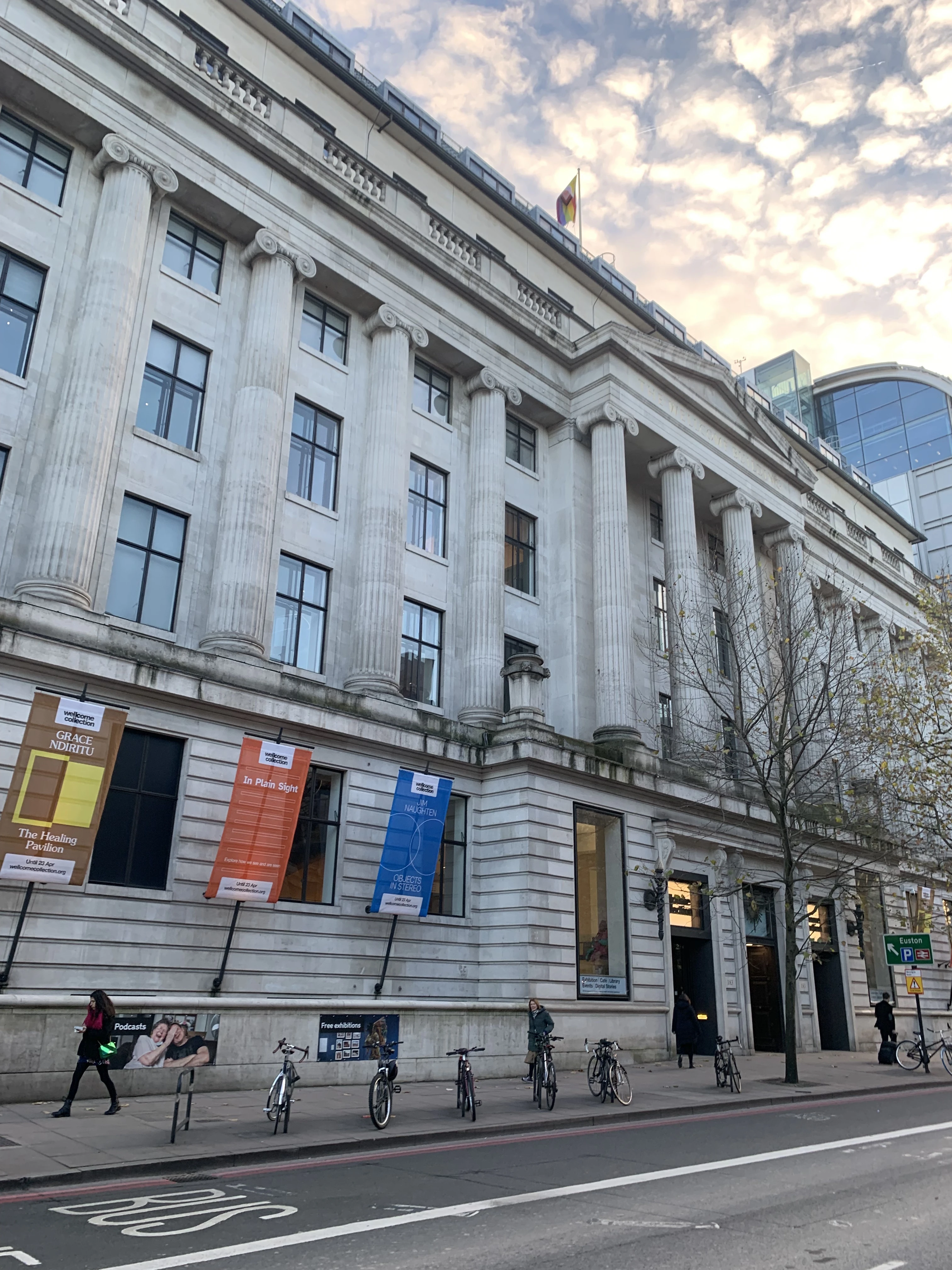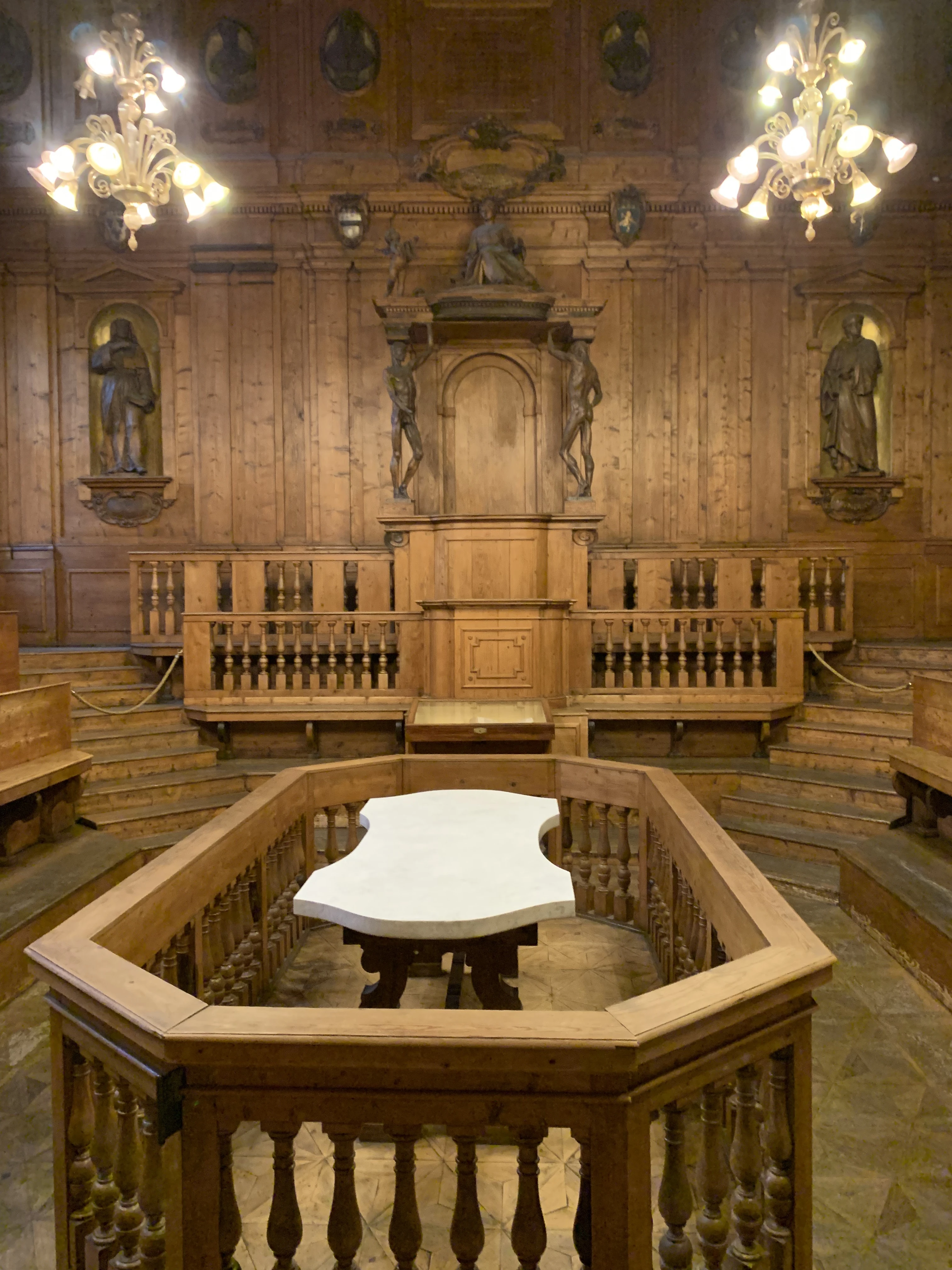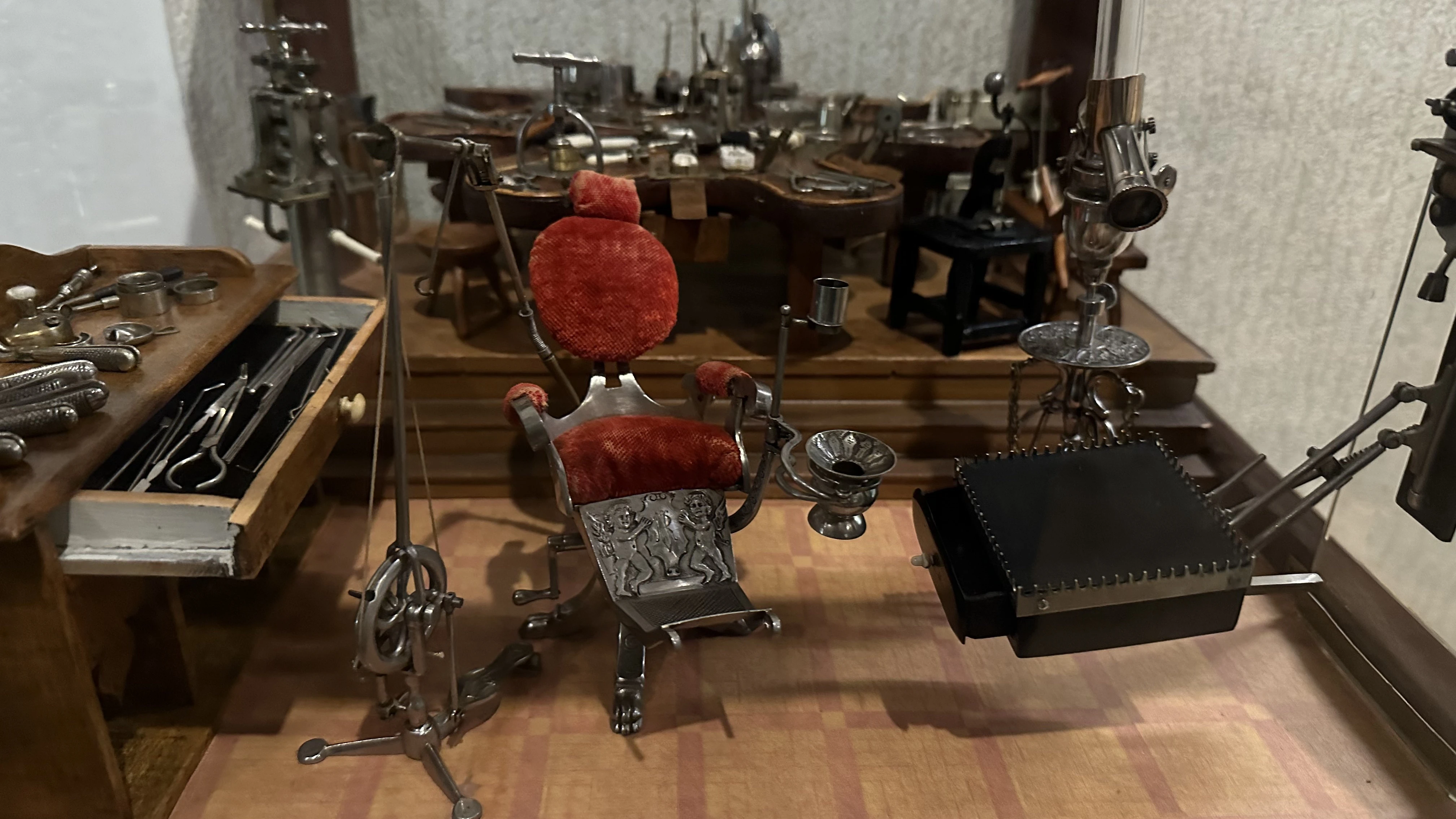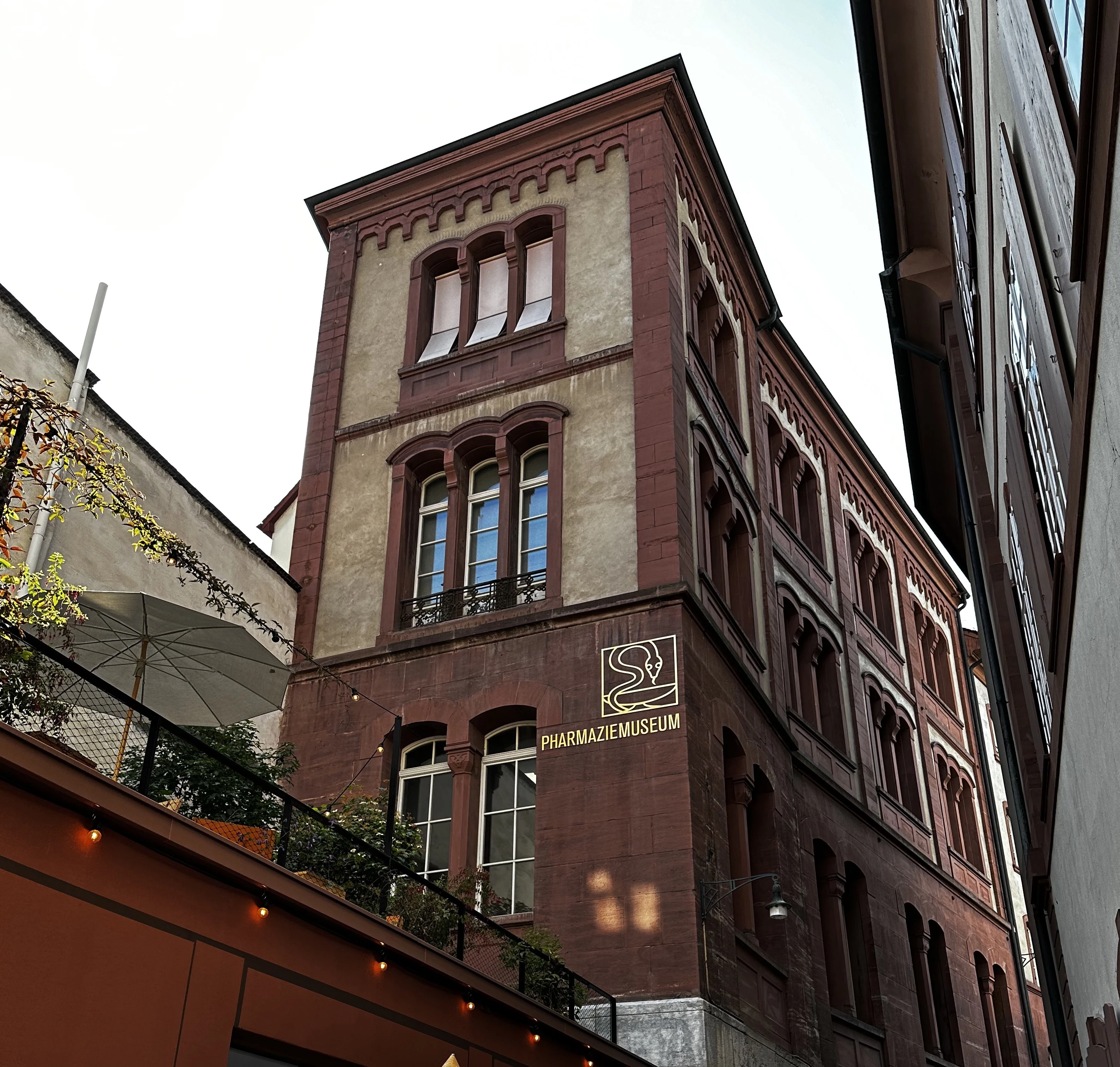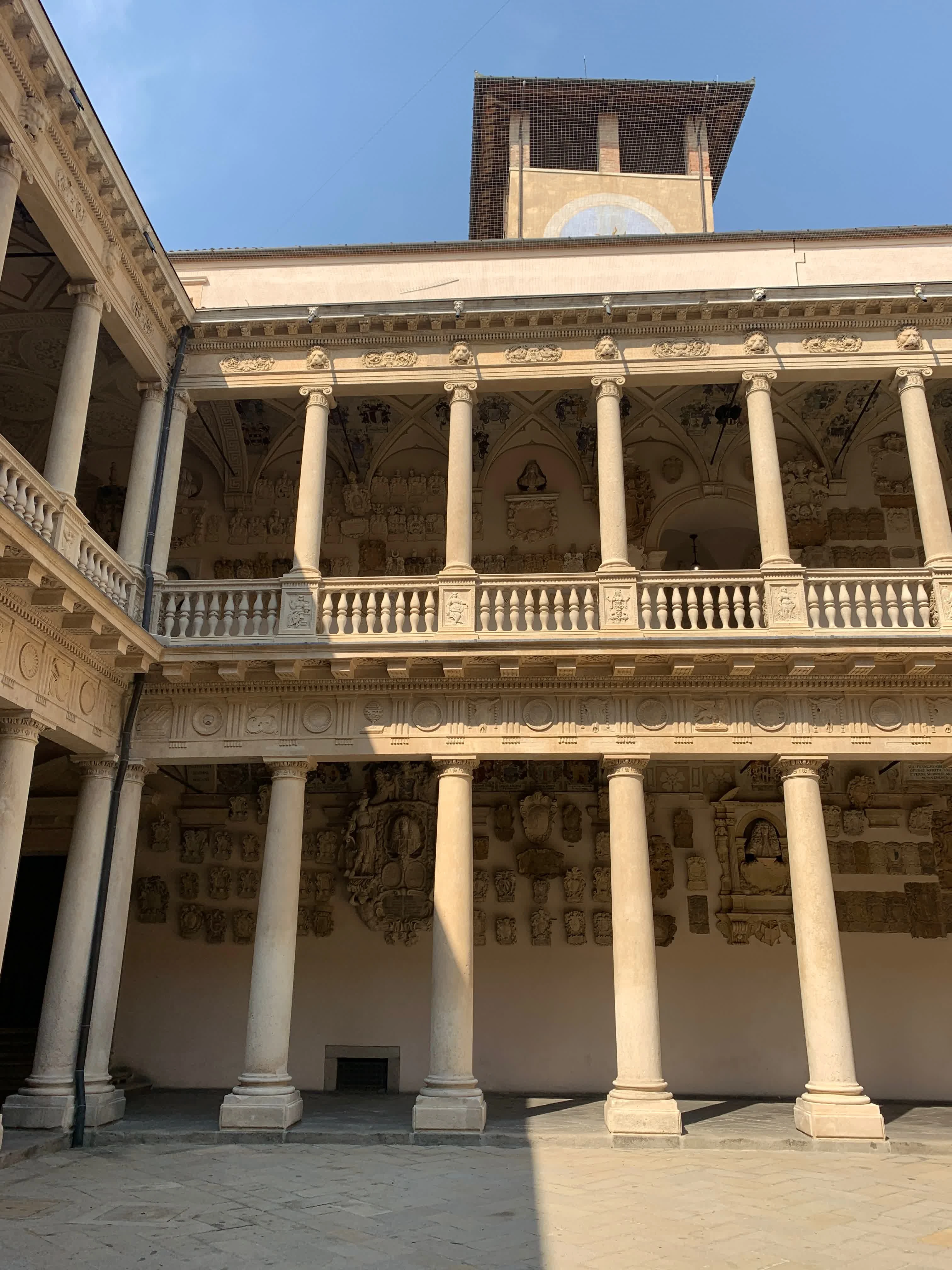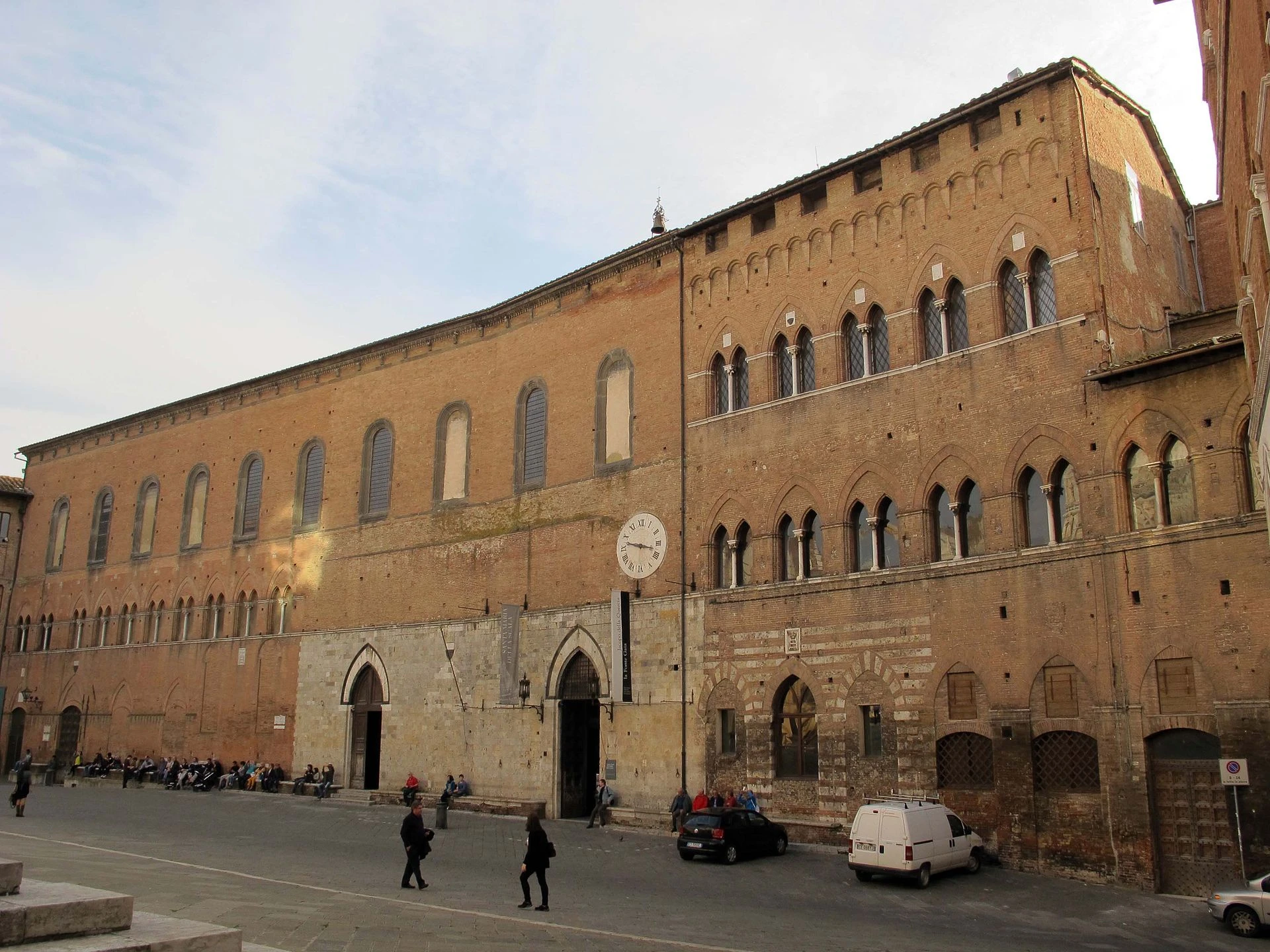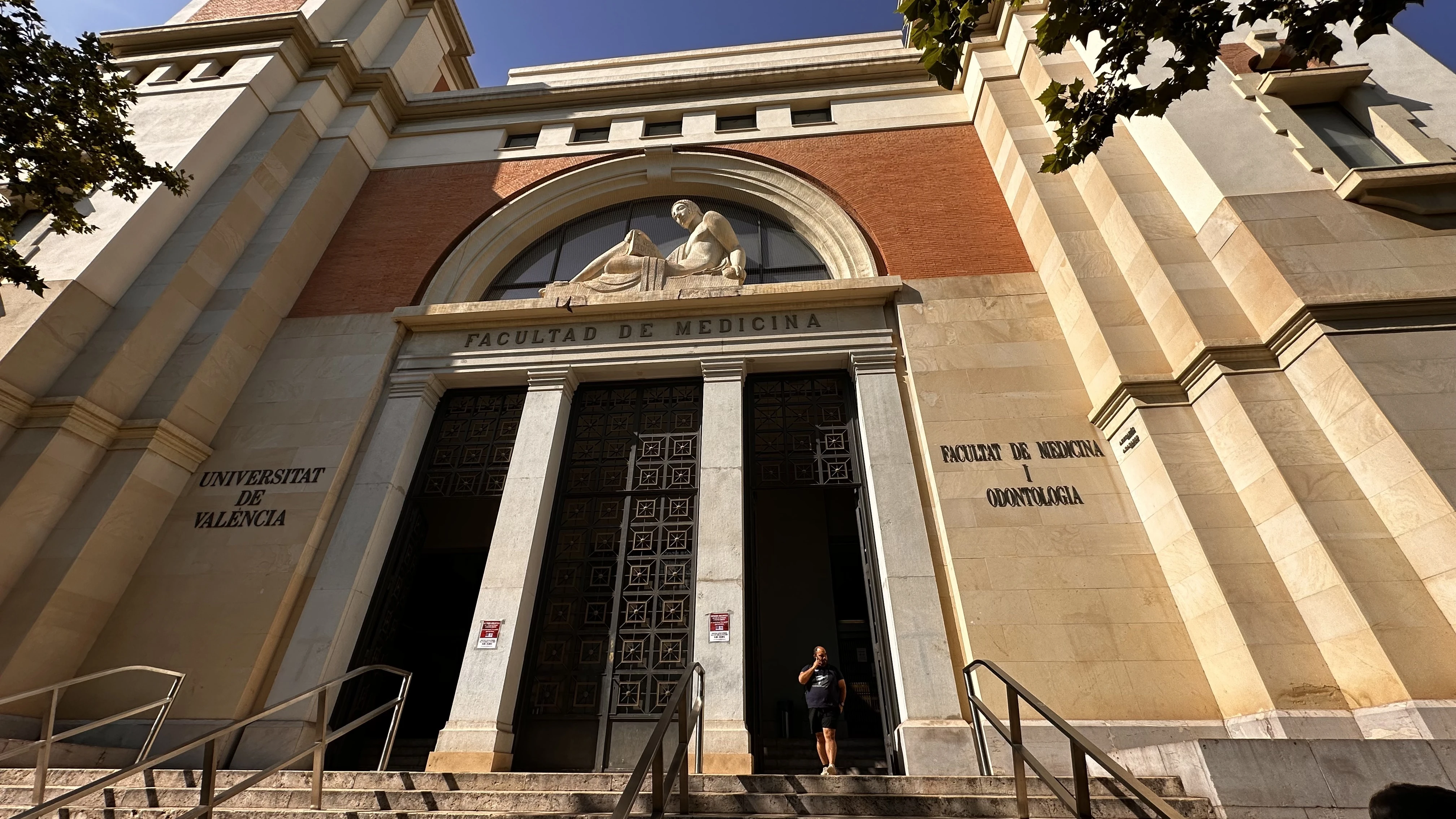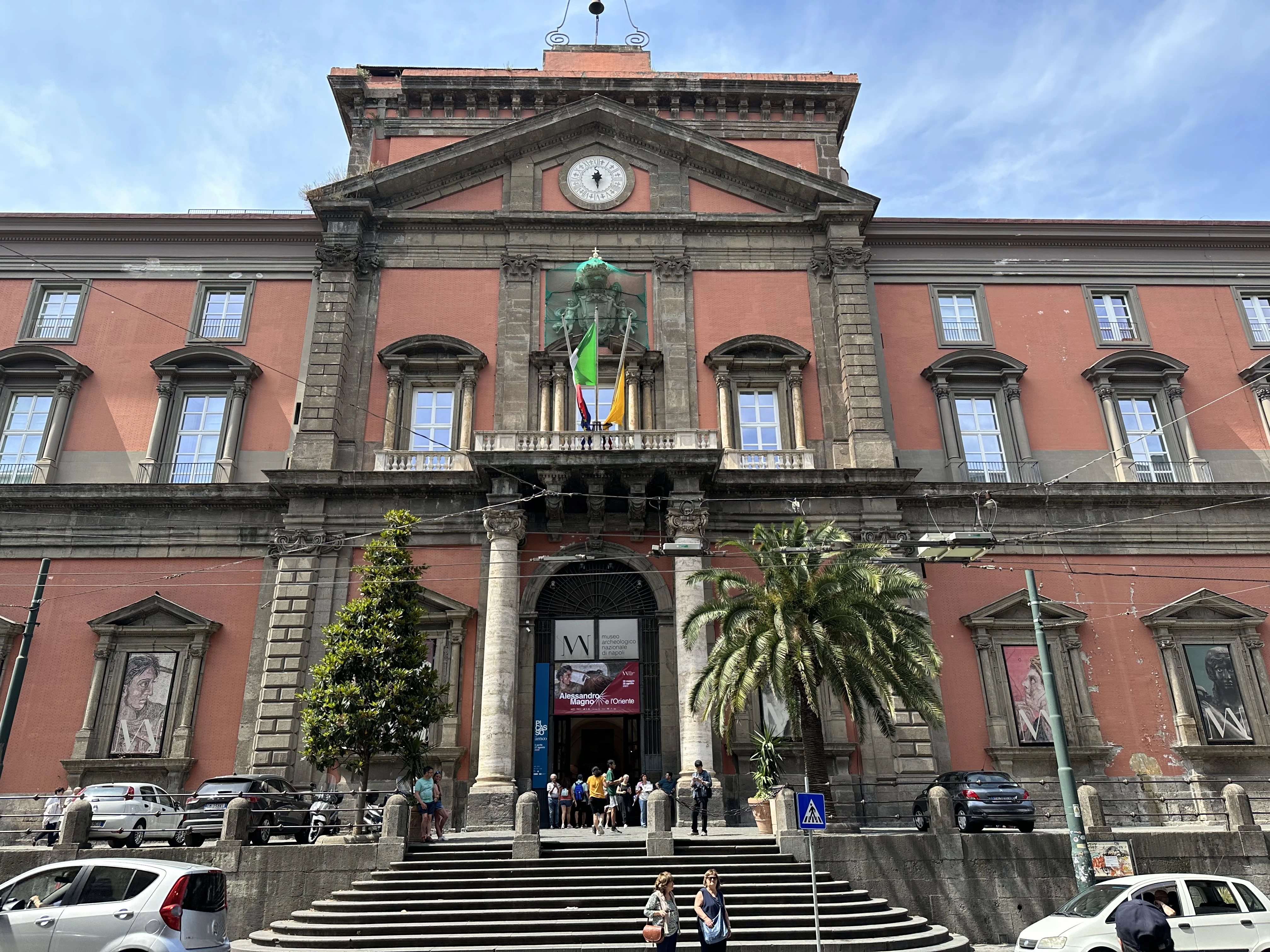Museum of Medical History in the Rome University
Museo di Storia della Medicina
The Museum of Medical History (Museo di Storia della Medicina) at the Rome University La Sapienza, founded in 1938 by Adalberto Pazzini, is located in the building of the Institute of the Medical History and showcases the evolution of medical science across three floors. The basement features reconstructions like an apothecary and an alchemist’s lab. The first floor spans from prehistoric times to the 17th century, highlighting ancient Mediterranean and medieval medicine. The second floor explores the shift to experimental medicine, biomedicine, genomics, and their technological applications.
Origine of the collection
The Museo di Storia della Medicina's primary collection originated at its founding, initially stored in the Hygiene Institute's basement, before moving to its current location in 1954. This collection, intimately linked to Pazzini, includes antiques and has been enhanced by acquisitions since the postwar era.
Interesting fact – the considerable part of the Museum's permanent exhibition is sourced from the collection of Evangelista Gennaro Gorga (1865–1957), who was not a doctor but a famous Italian lyric tenor, known for originating the role of Rodolfo in the La bohème opera written by Giacomo Puccini in 1896. This first significant addition was done in 1947, featuring pharmacy vases, portable pharmacies, surgical tools, ancient microscopes, and Roman ex-votos, among others. The museum also houses Sarnelli's herbal medicines and Neushuller's pharmaceutical items, plus embalming artifacts from the Turin Egyptian Museum, showcasing ancient Egyptian culture.
La Sapienza University
The Sapienza University of Rome, founded in 1303 by Pope Boniface VIII, is a renowned public research university in Rome, Italy. It is one of the oldest and largest universities in Europe, with approximately 122,000 students today. Initially established as a center for ecclesiastical studies, it now offers a wide range of academic disciplines. The papal's bull 'In Supremae praeminentia Dignitatis' (In the Supreme Preeminence of Dignity), emphasized the significance of the university's establishment under the Pope's high authority and its distinguished purpose in the realm of higher education and ecclesiastical studies, distinguishing it from the universities of Bologna and Padua. This made it the first pontifical university. In 1431, Pope Eugene IV expanded the university reorganized the studium with the bull 'In supremae'. This granted masters and students the broadest possible privileges and decreed that the university should include the four schools of Law, Medicine, Philosophy and Theology. To raise funds for the university, he introduced a new tax on wine. The money was used to buy a palace which later housed the Sant'Ivo alla Sapienza church.
Entrance Fee
The entrance is free, but visitors need to register themselves through the Google-Form.
